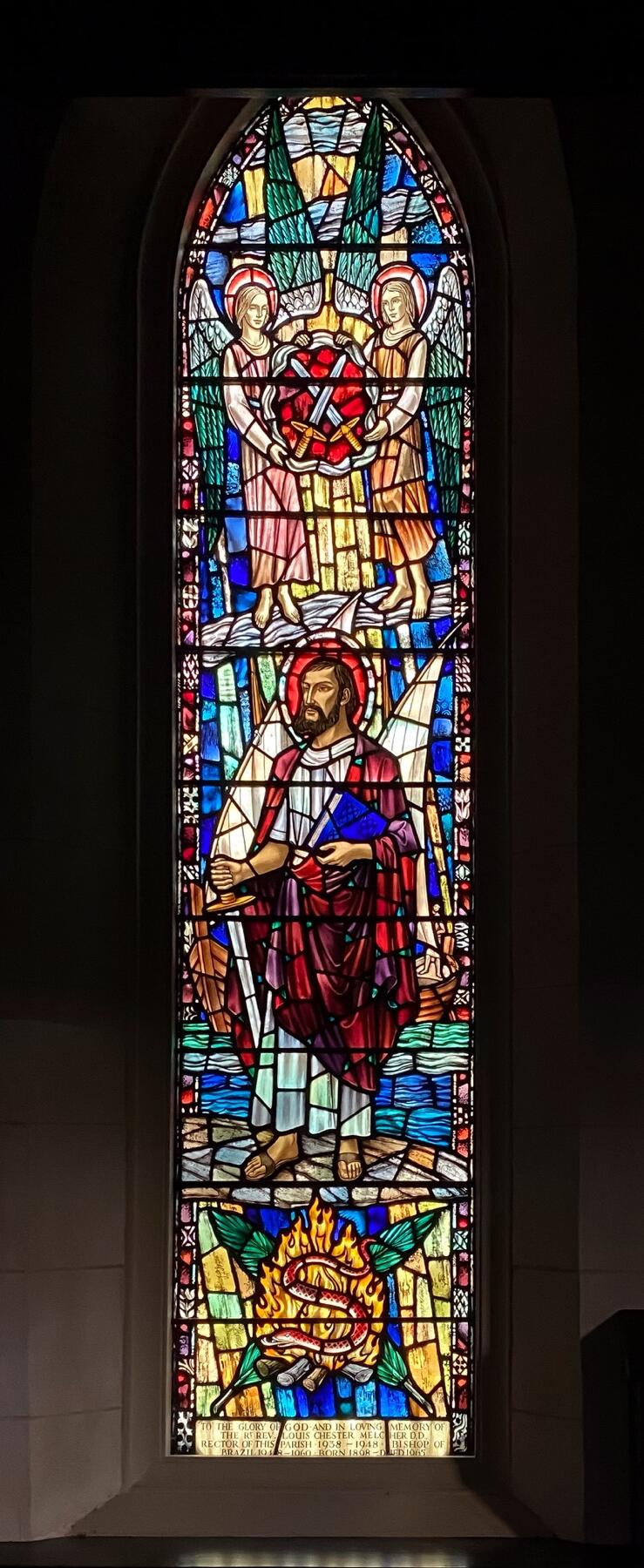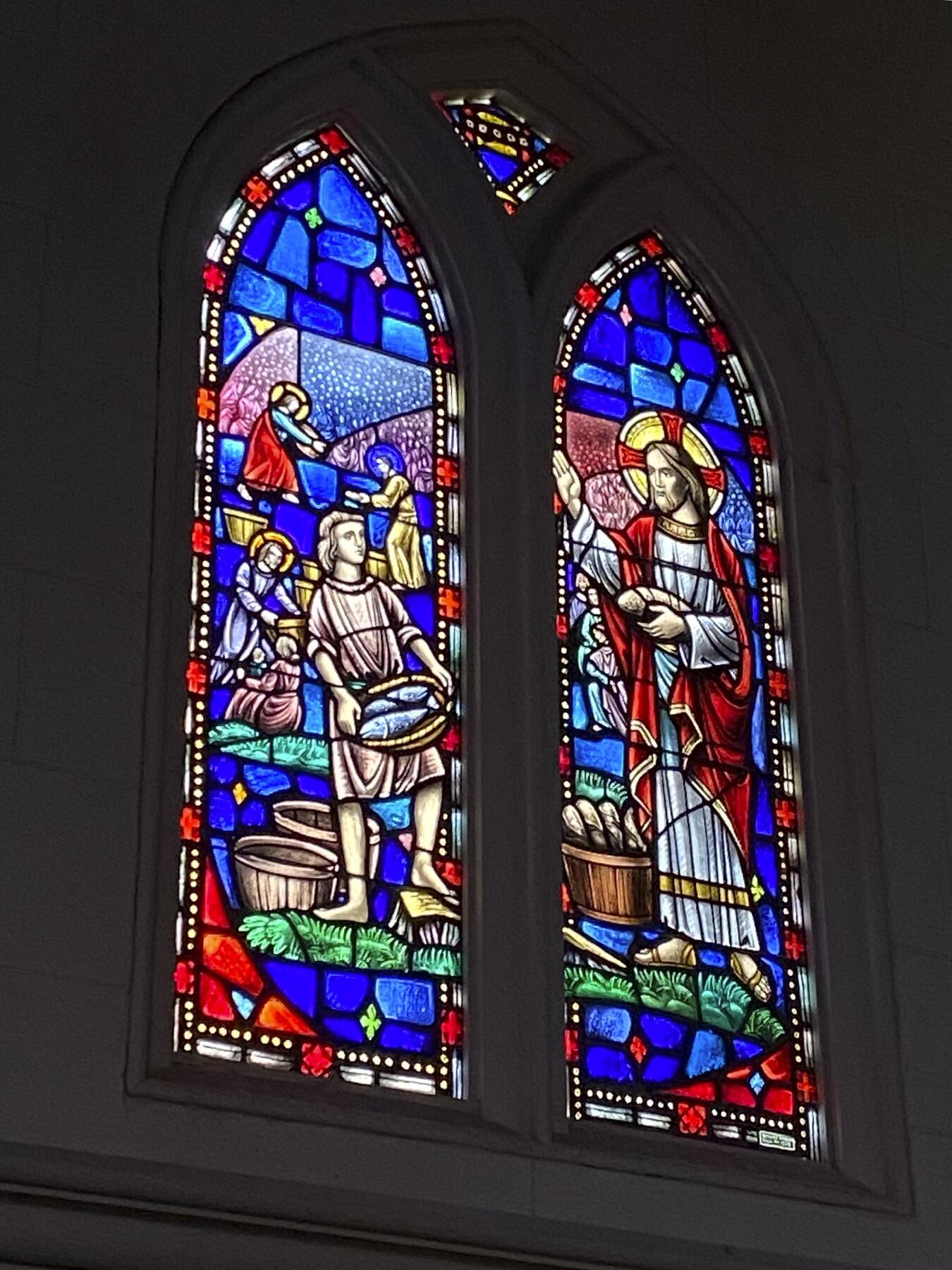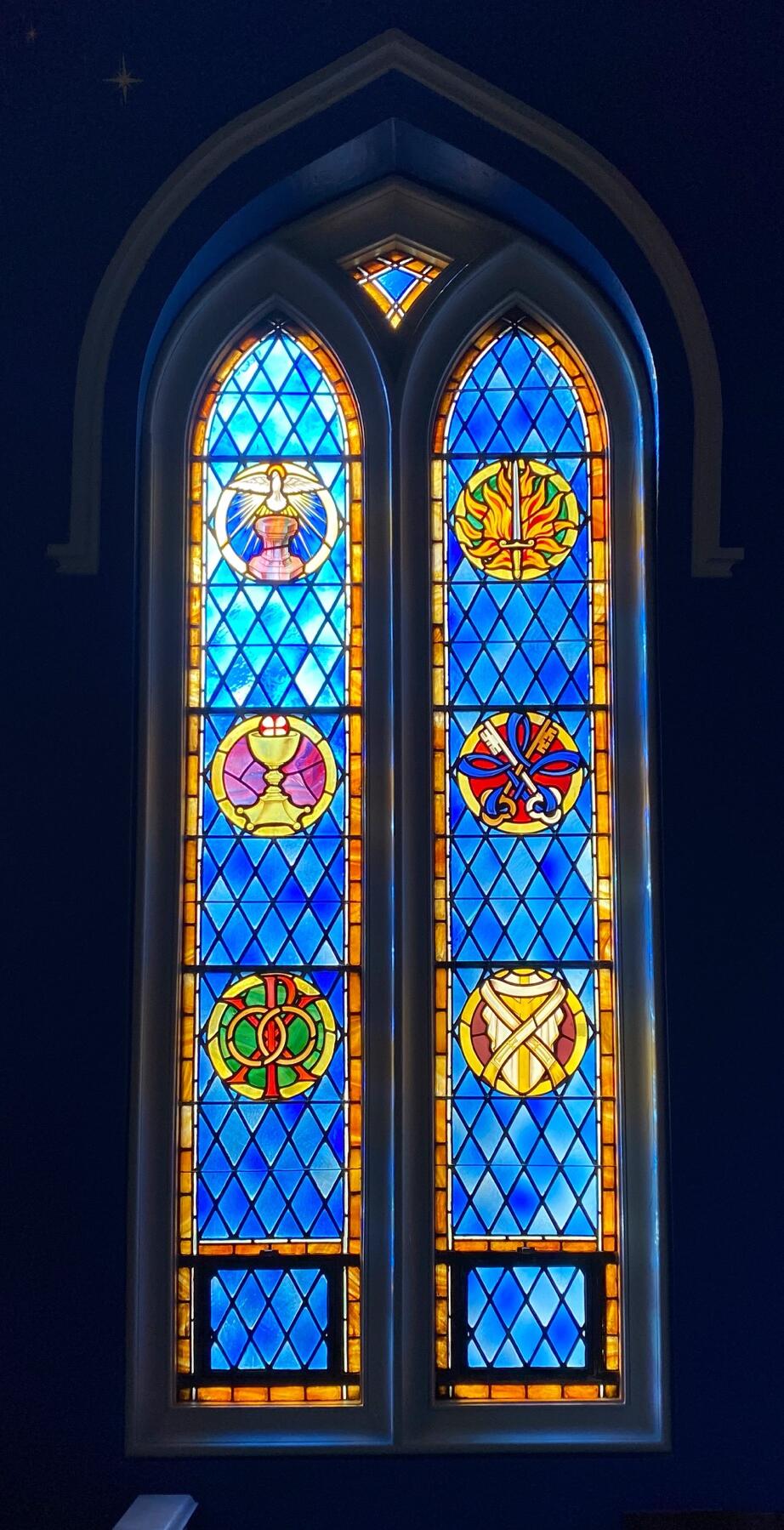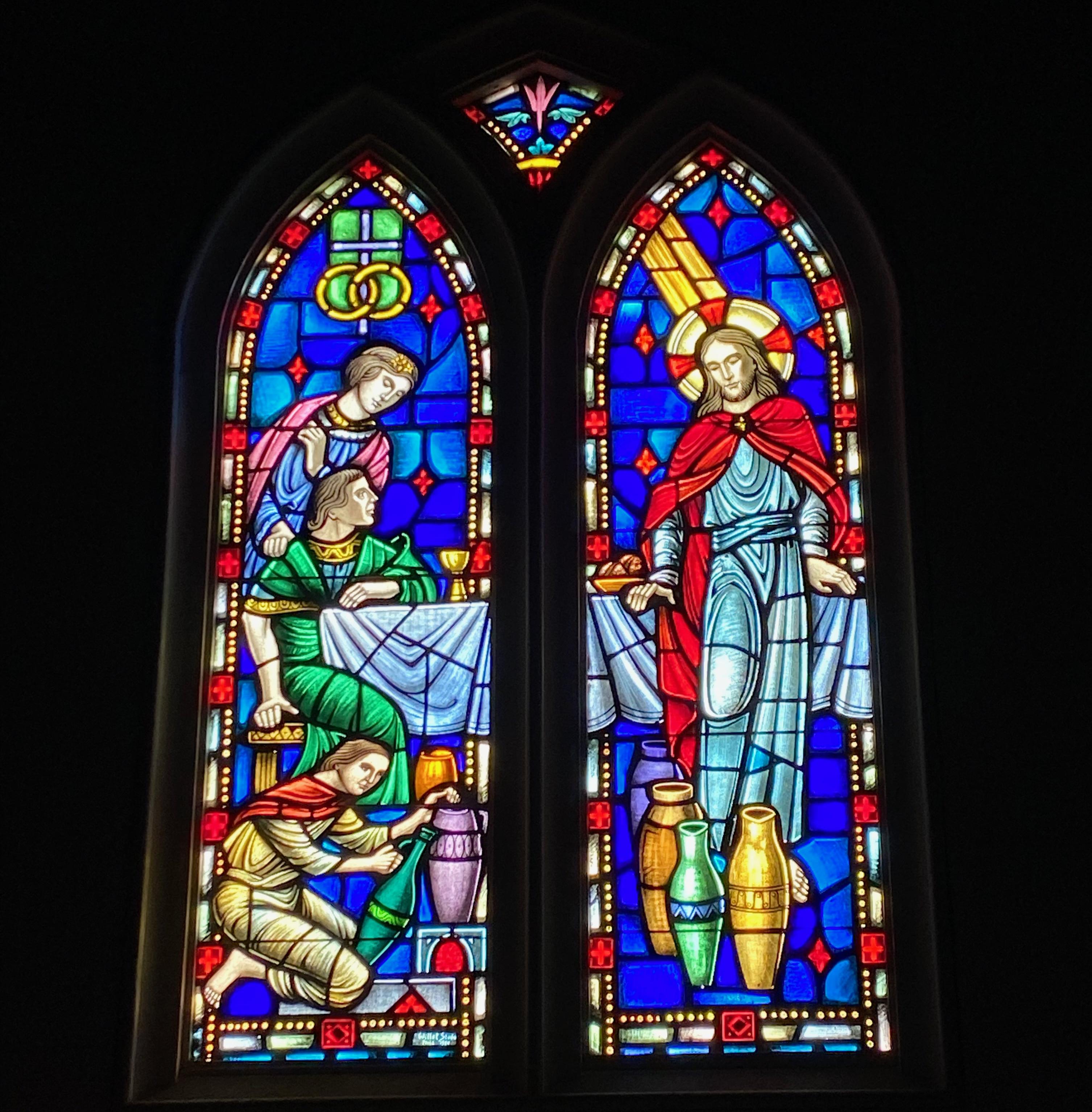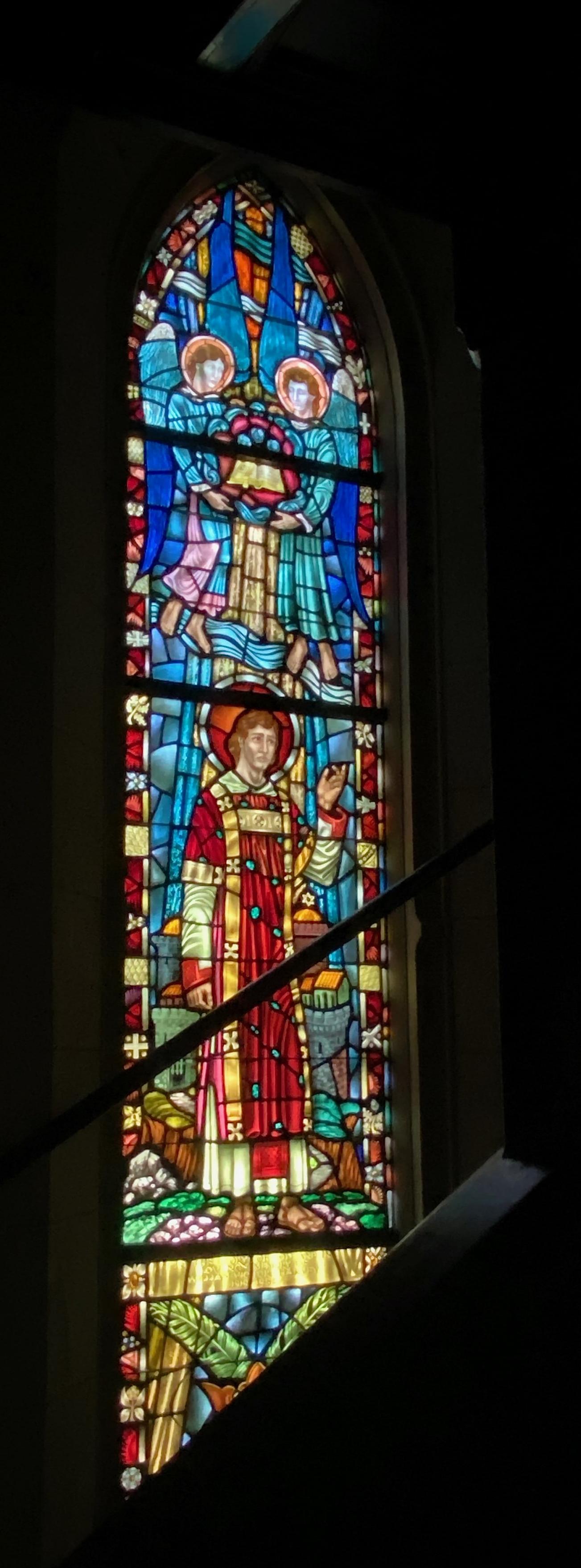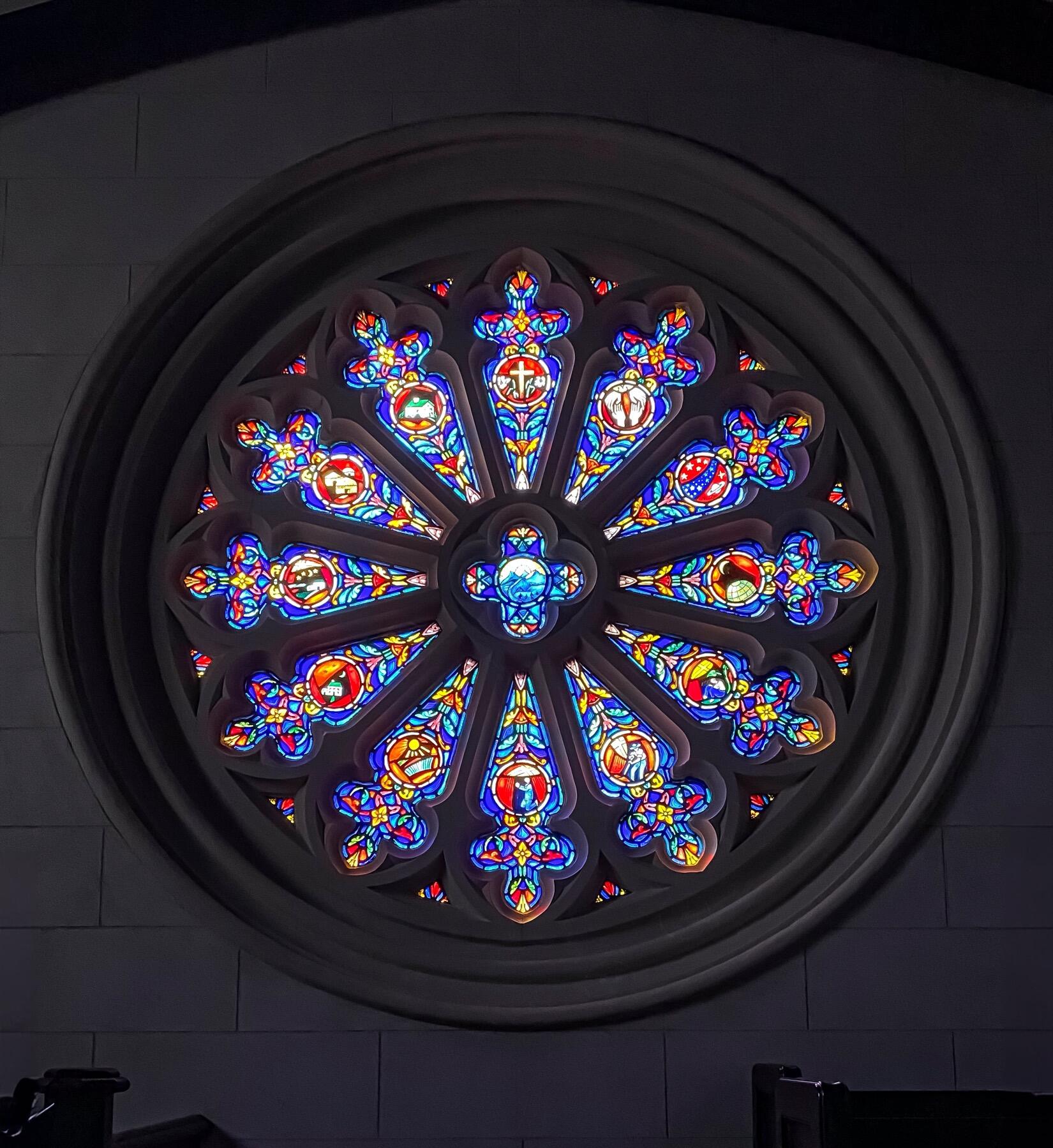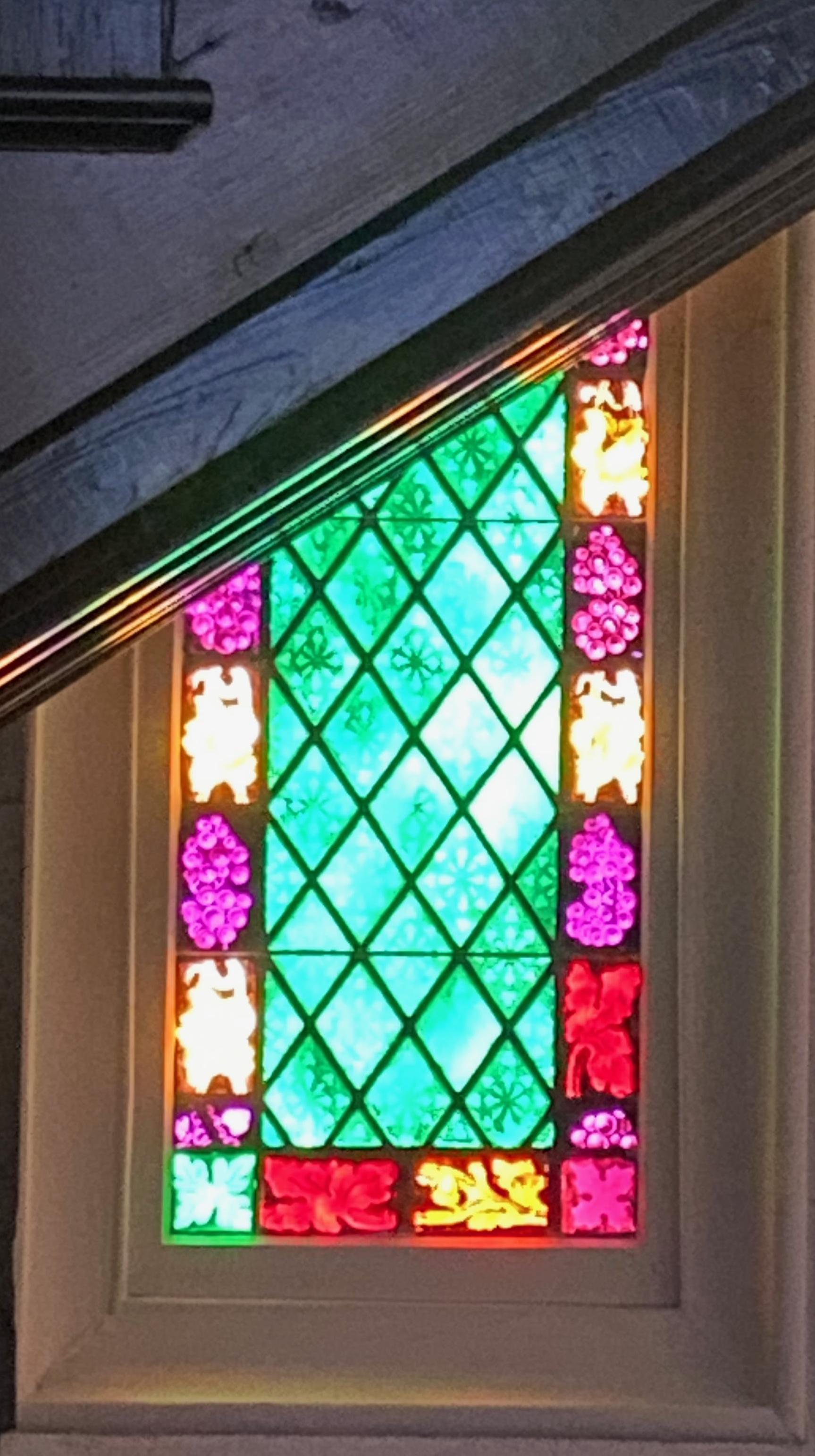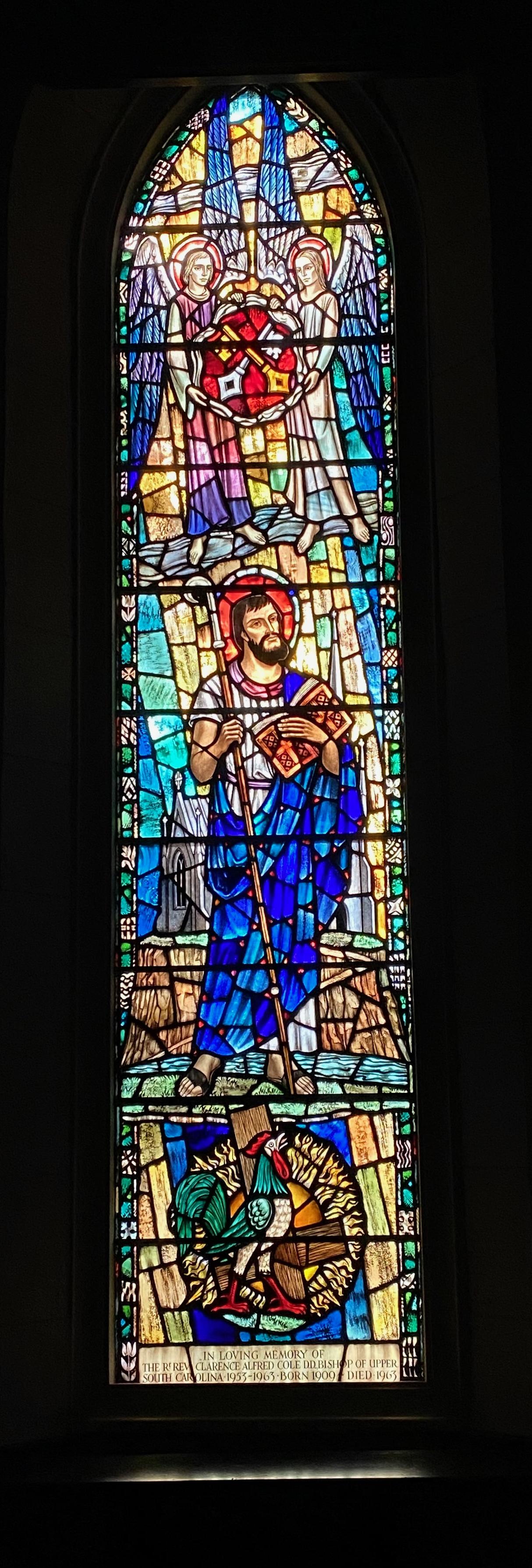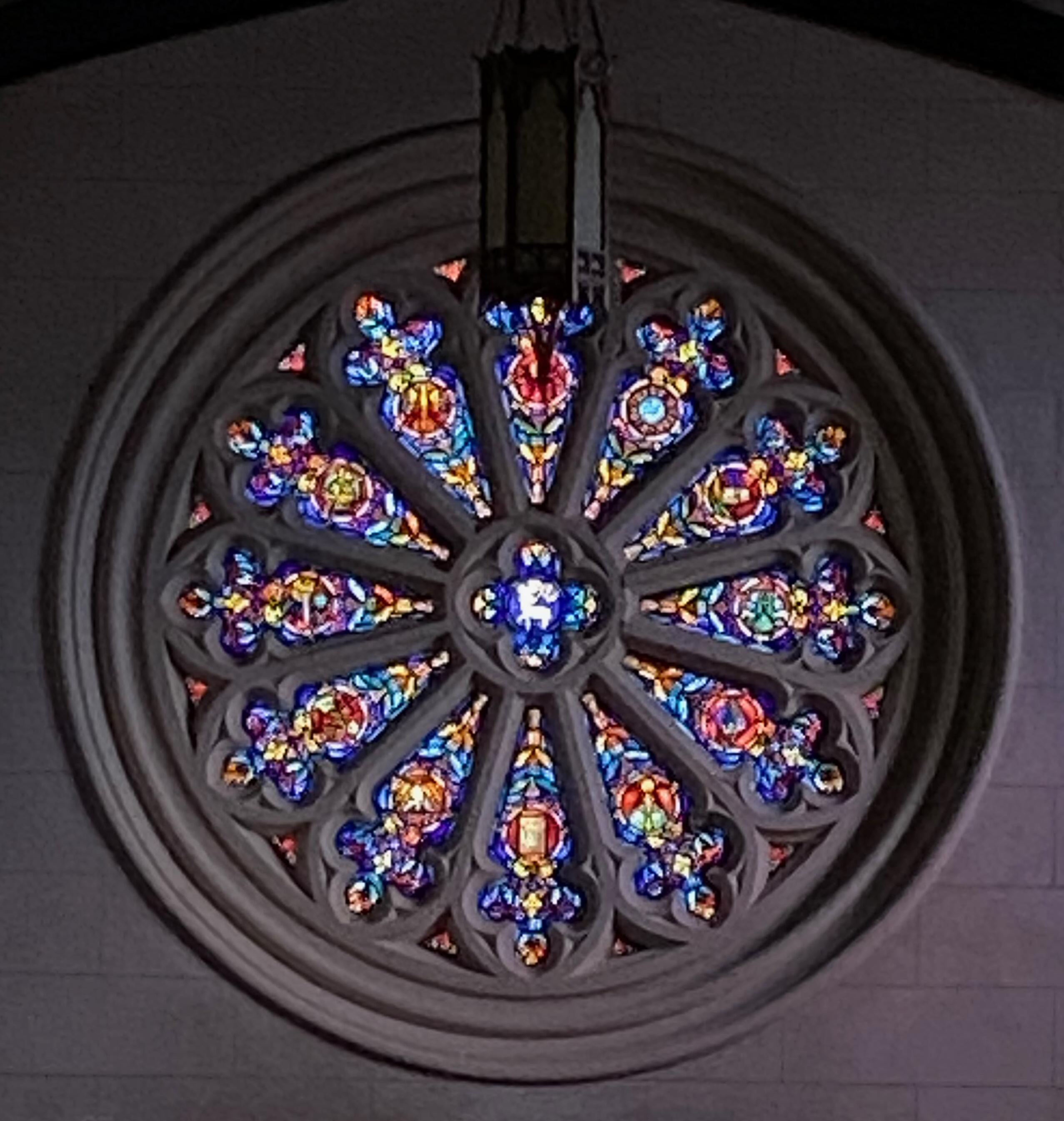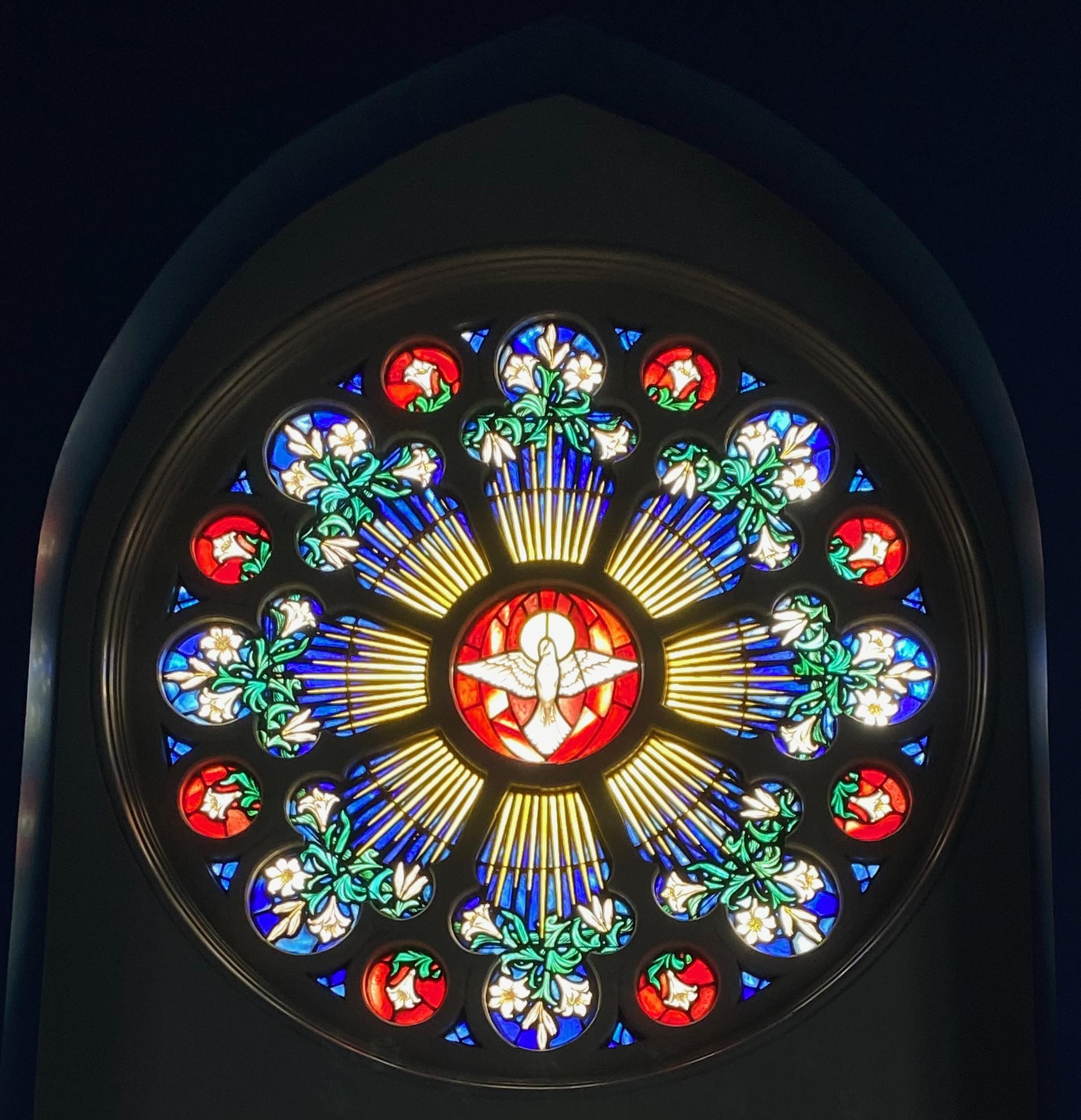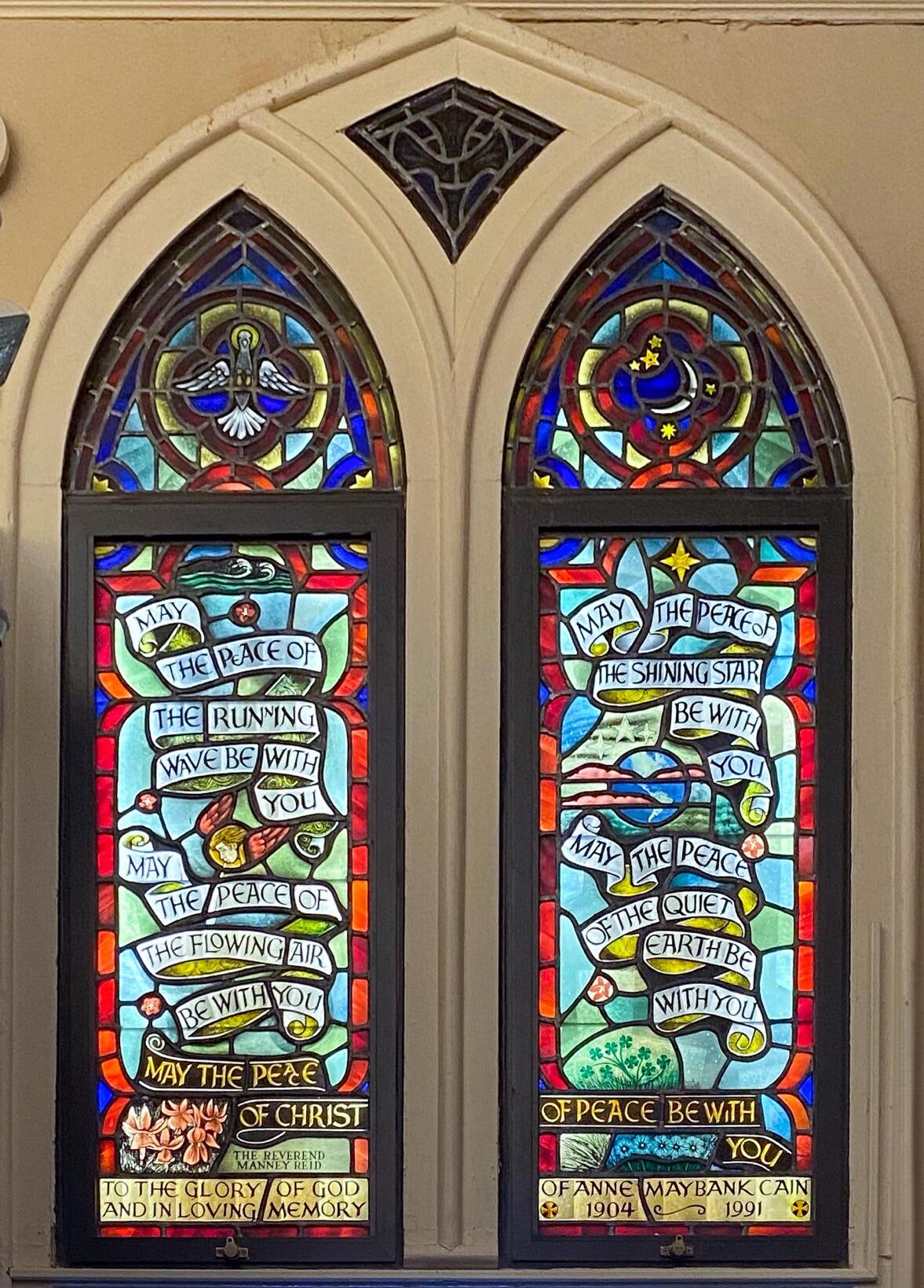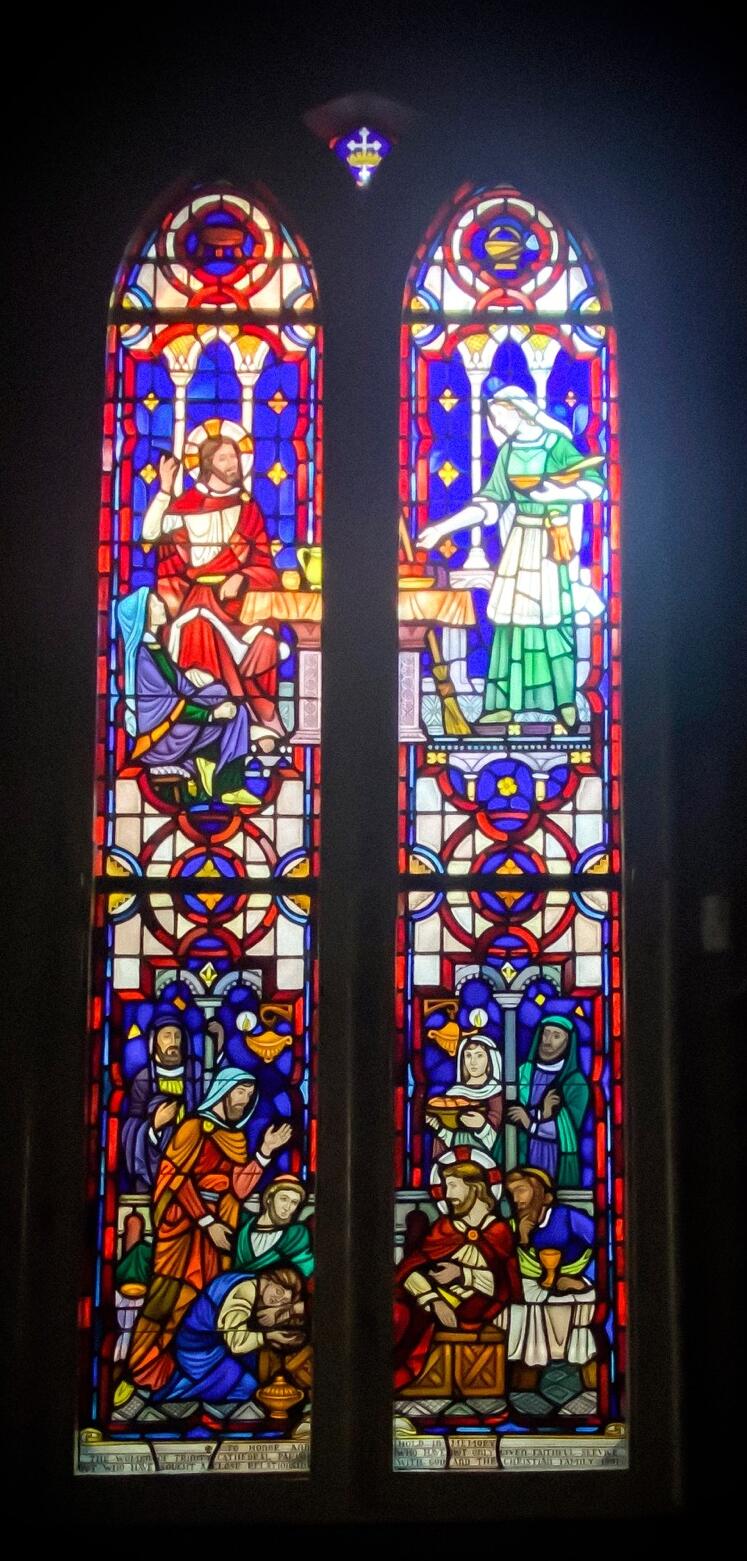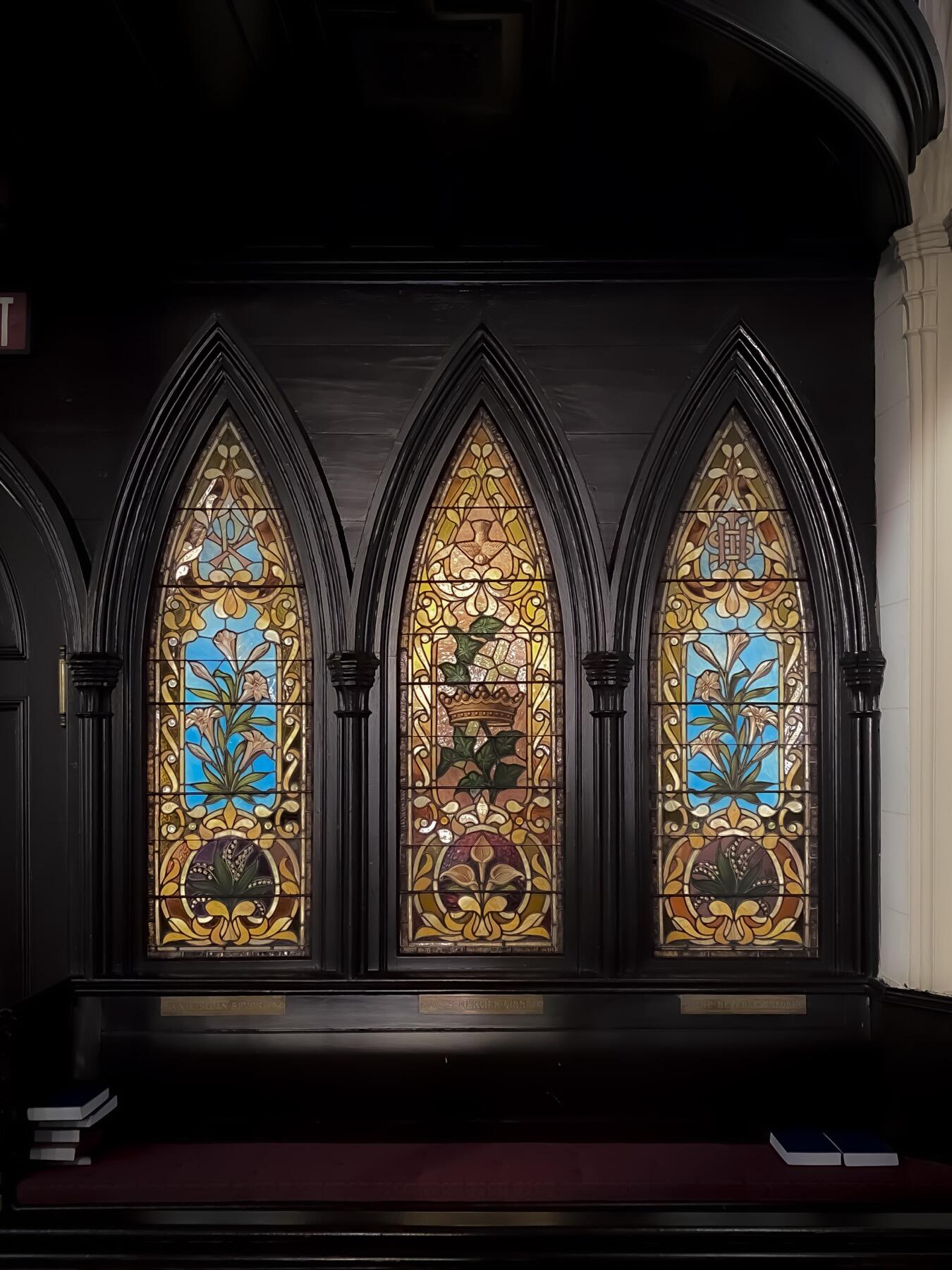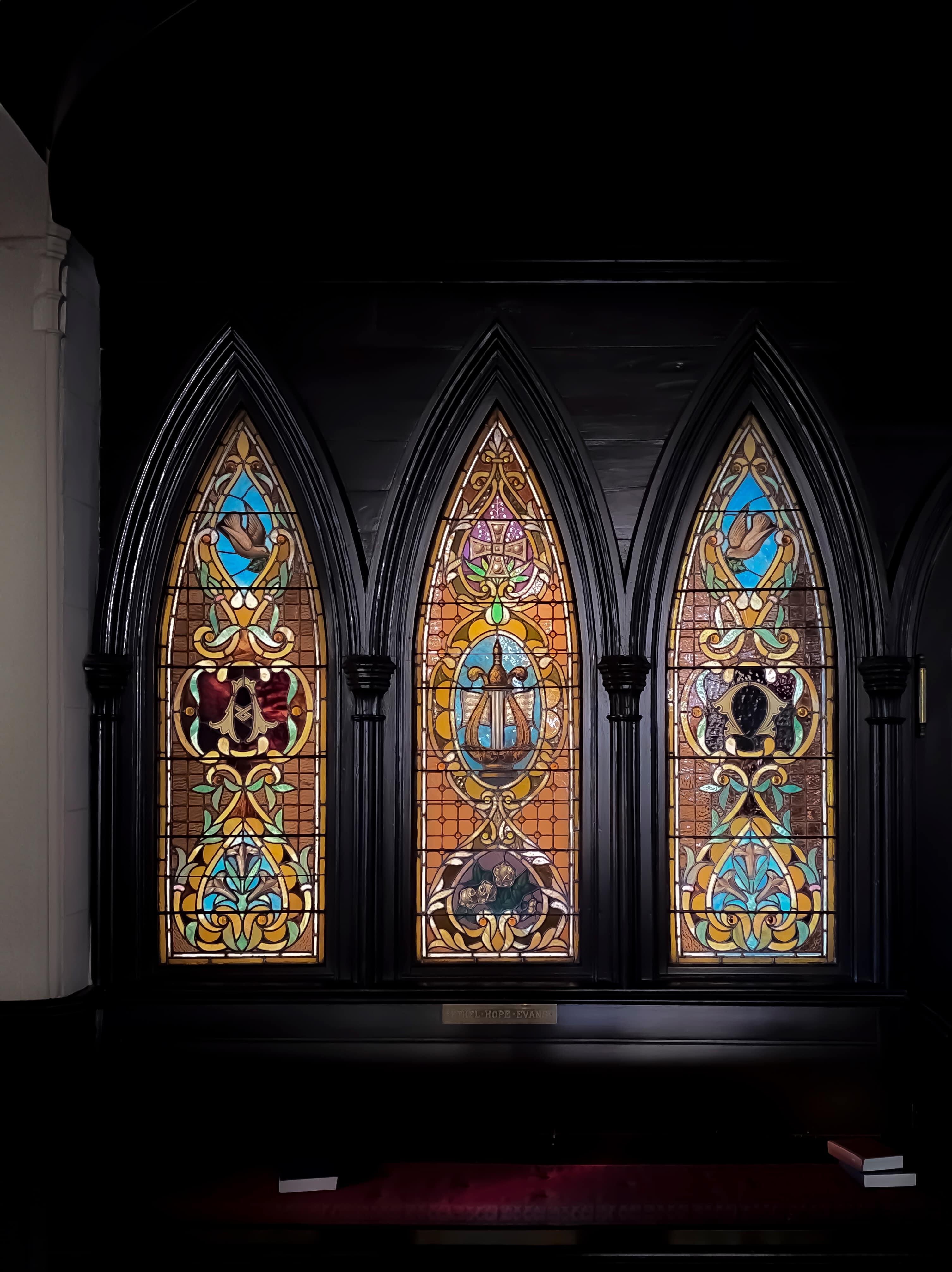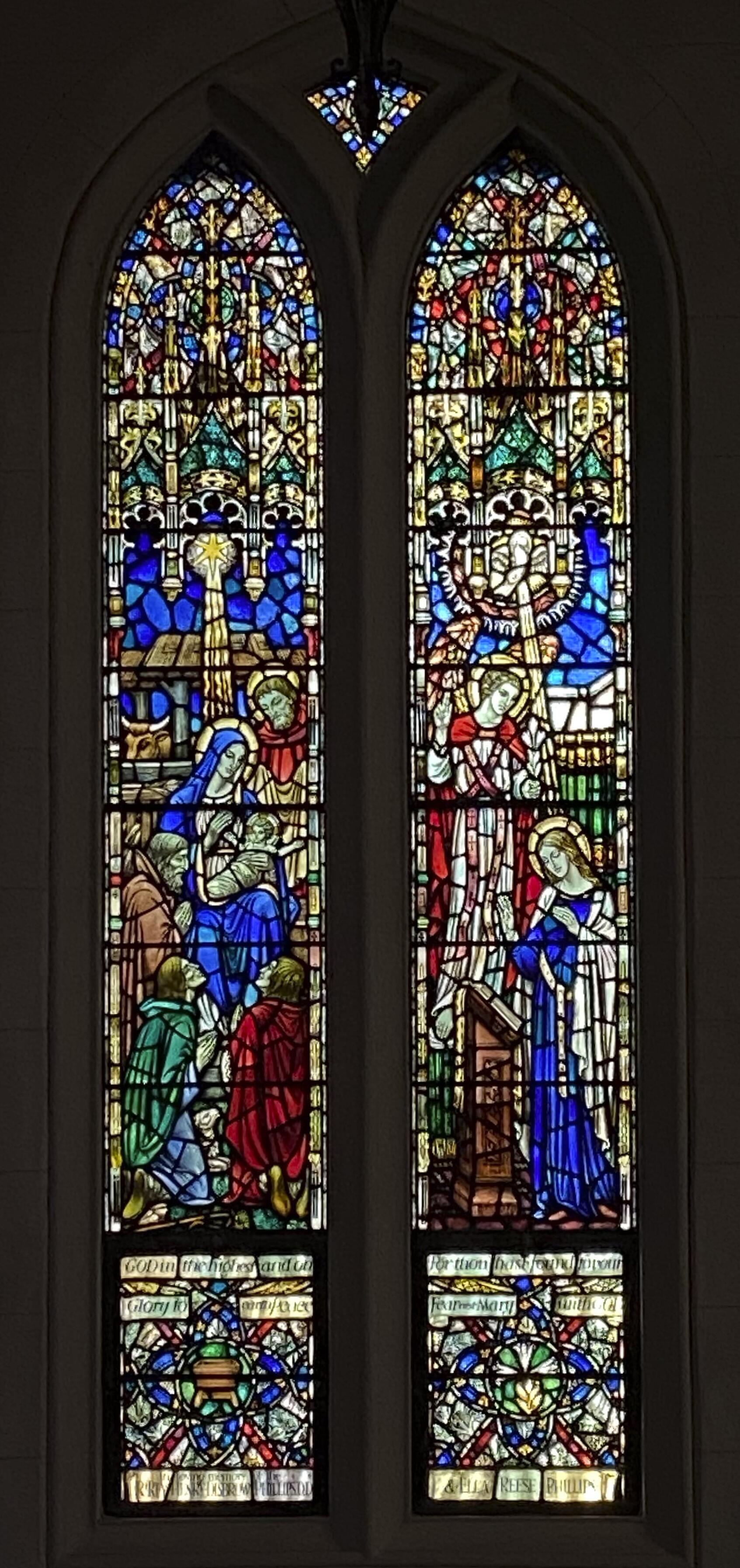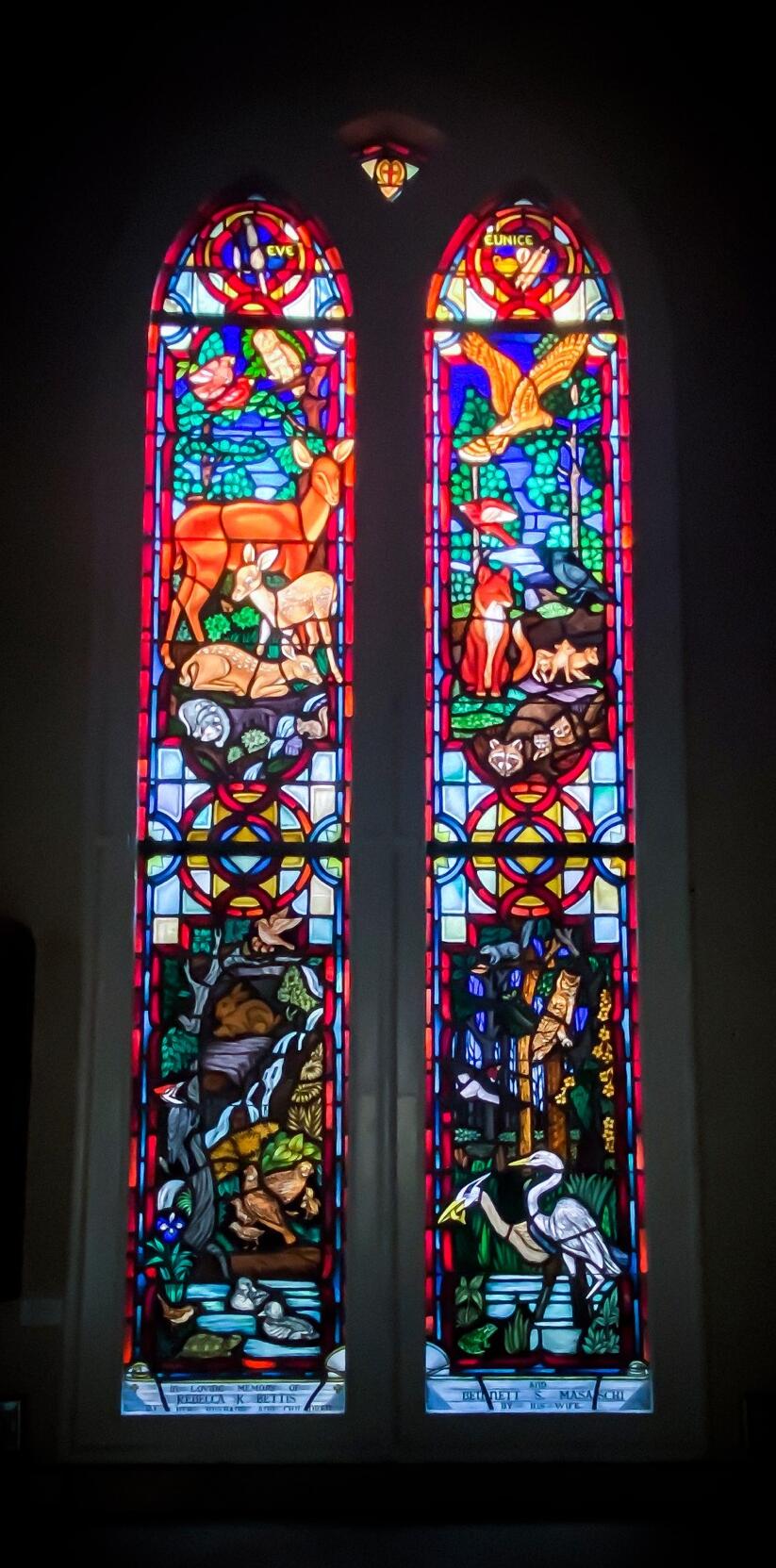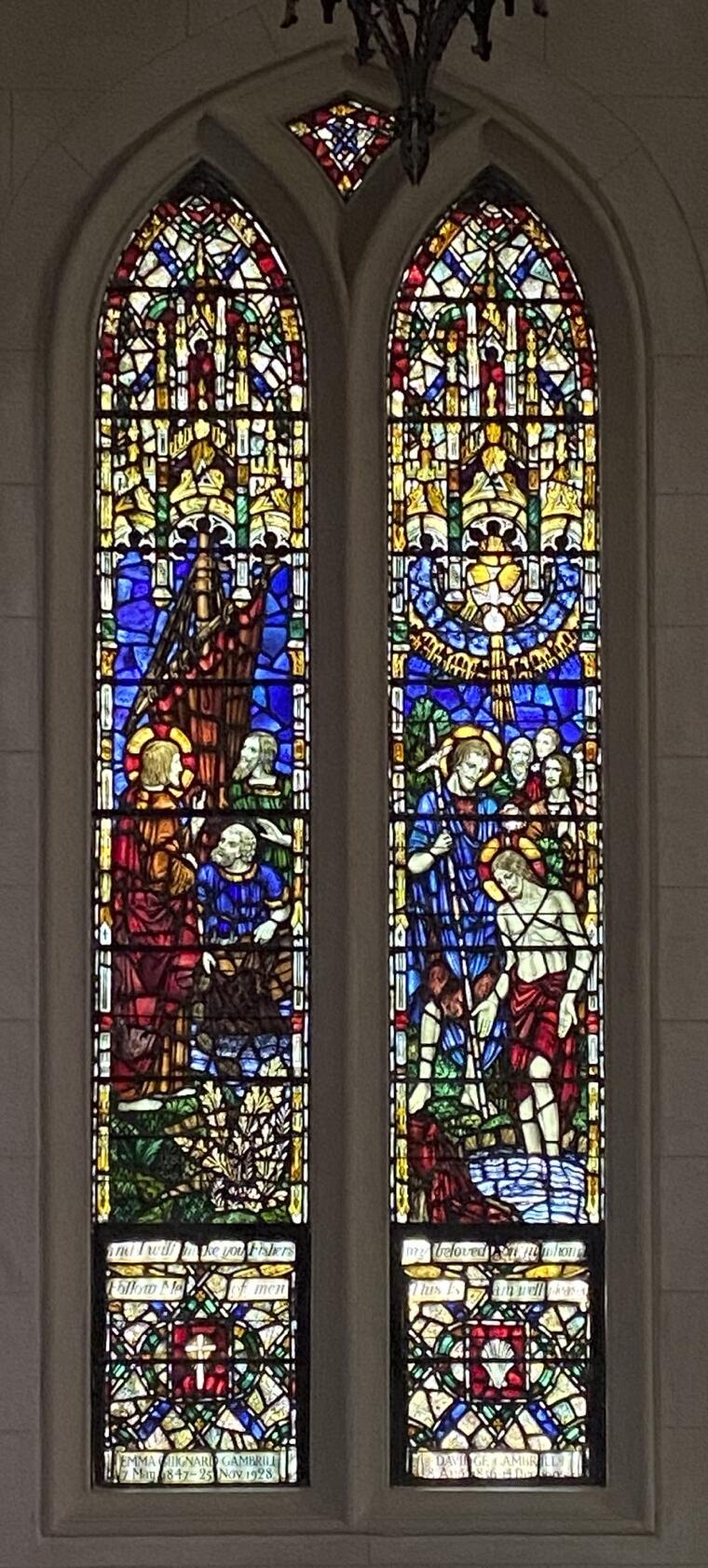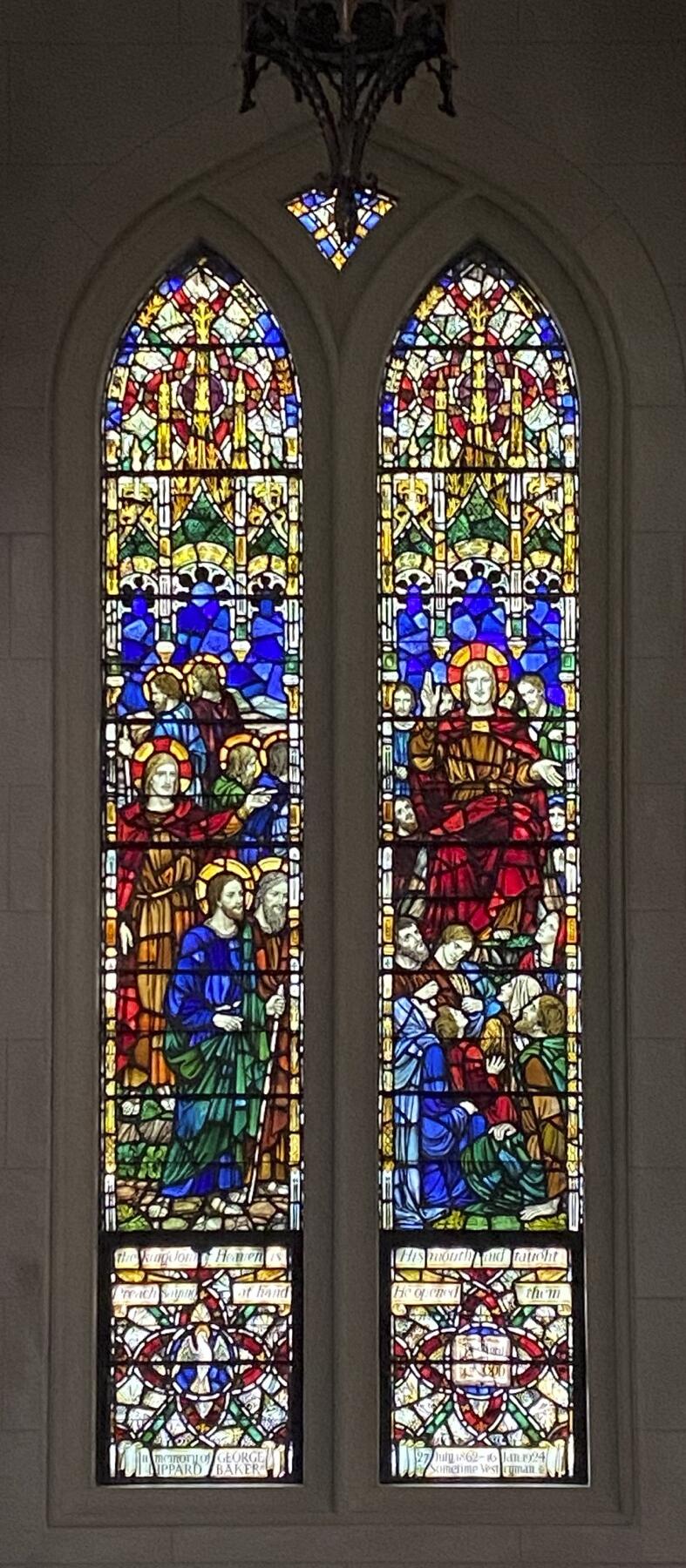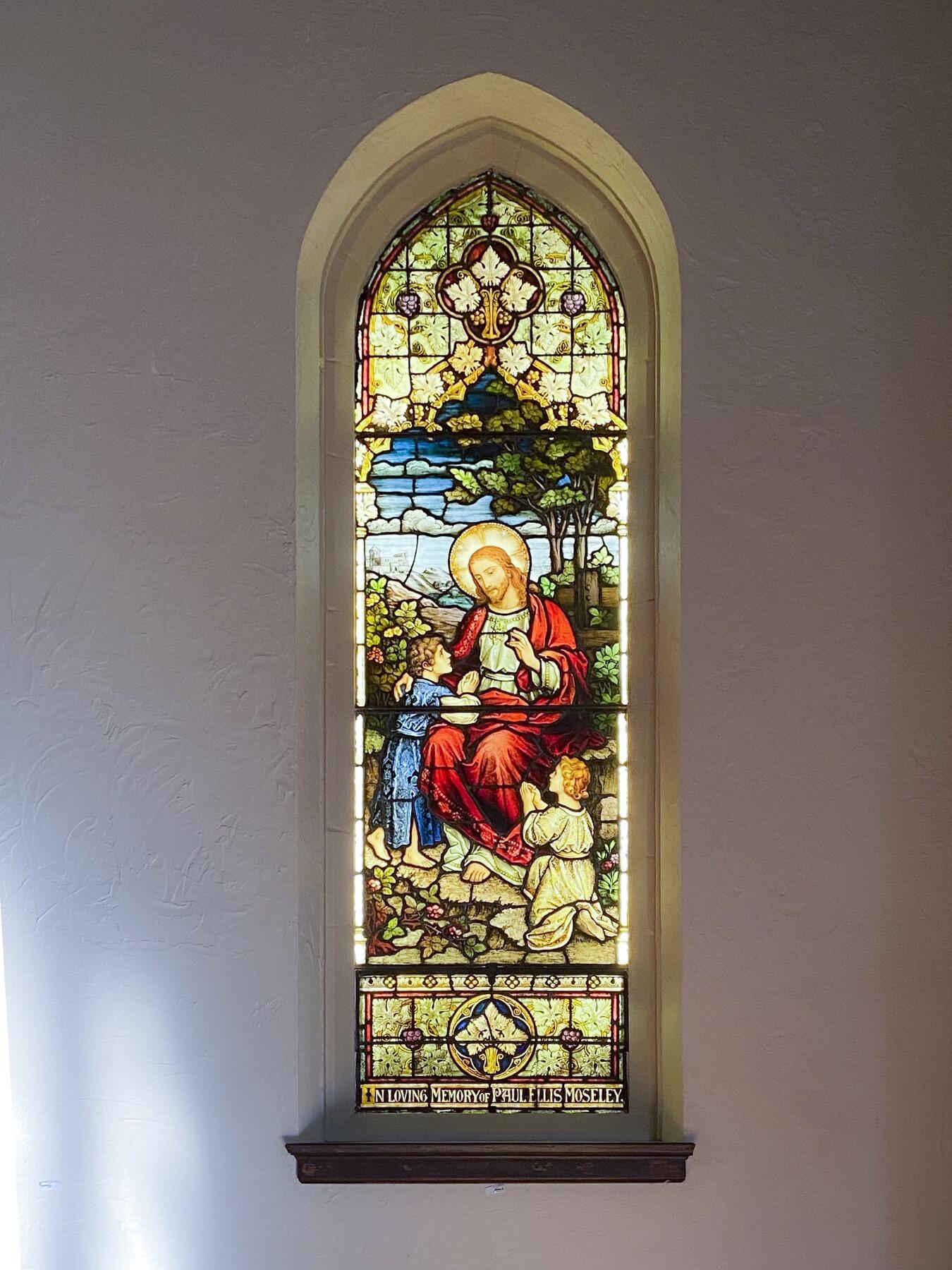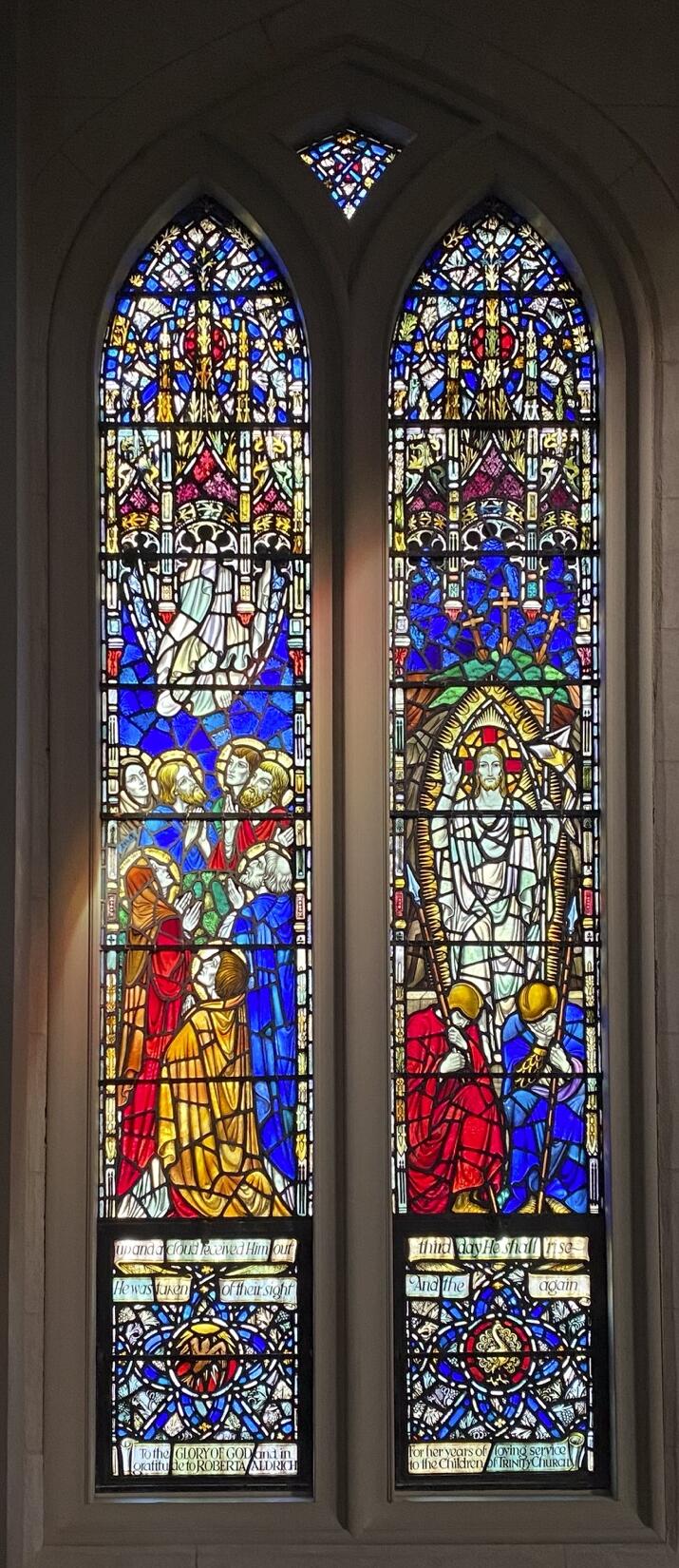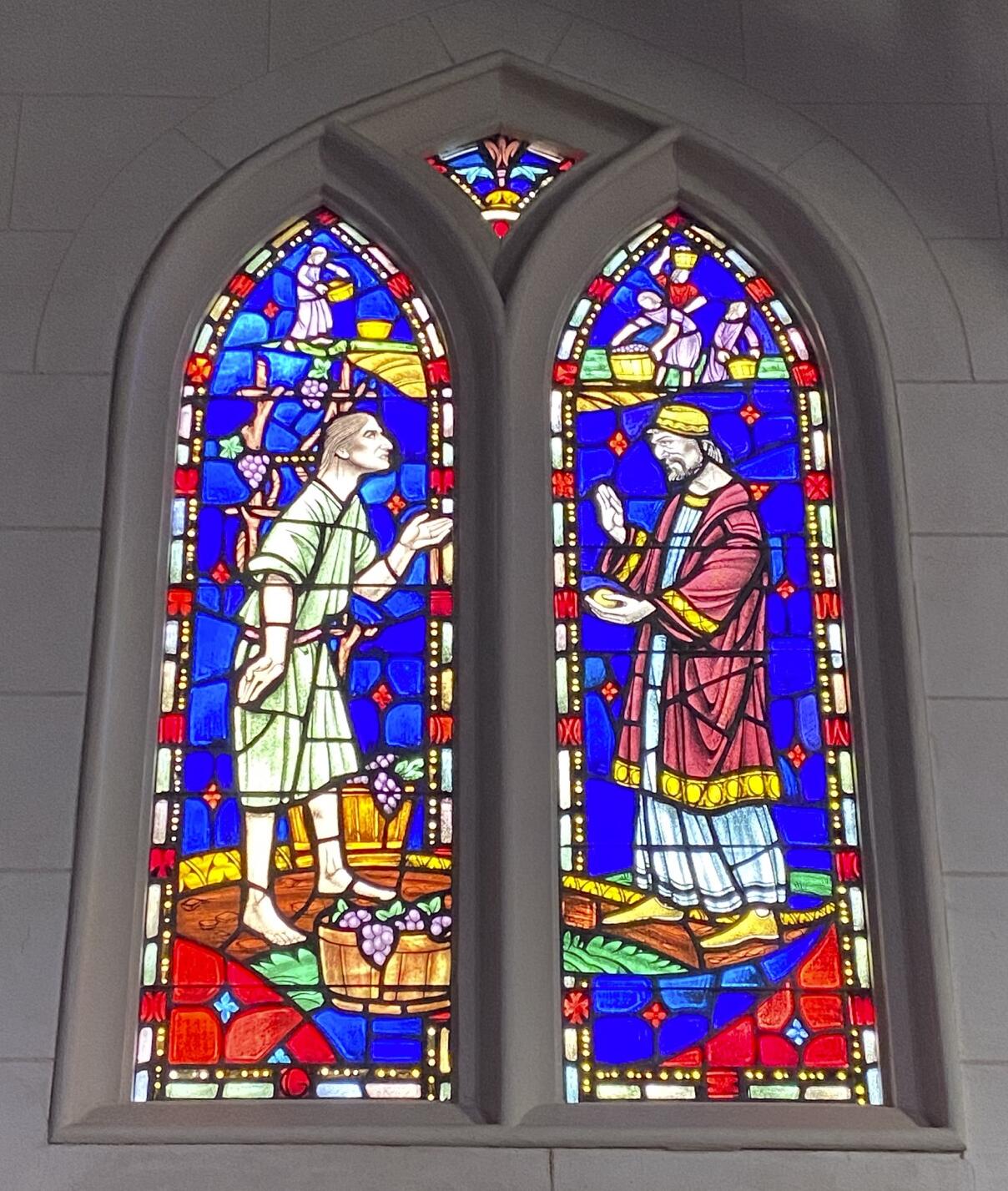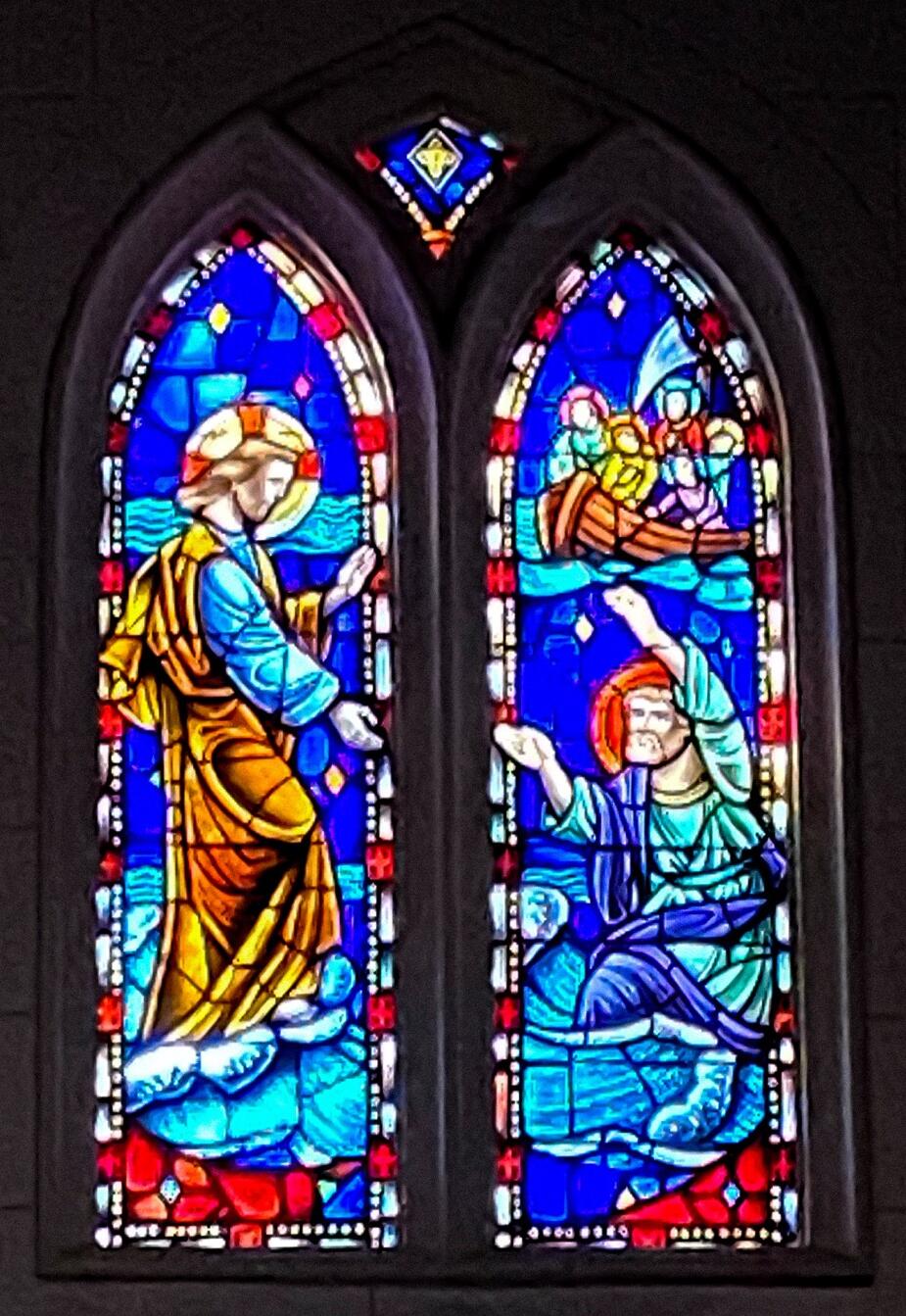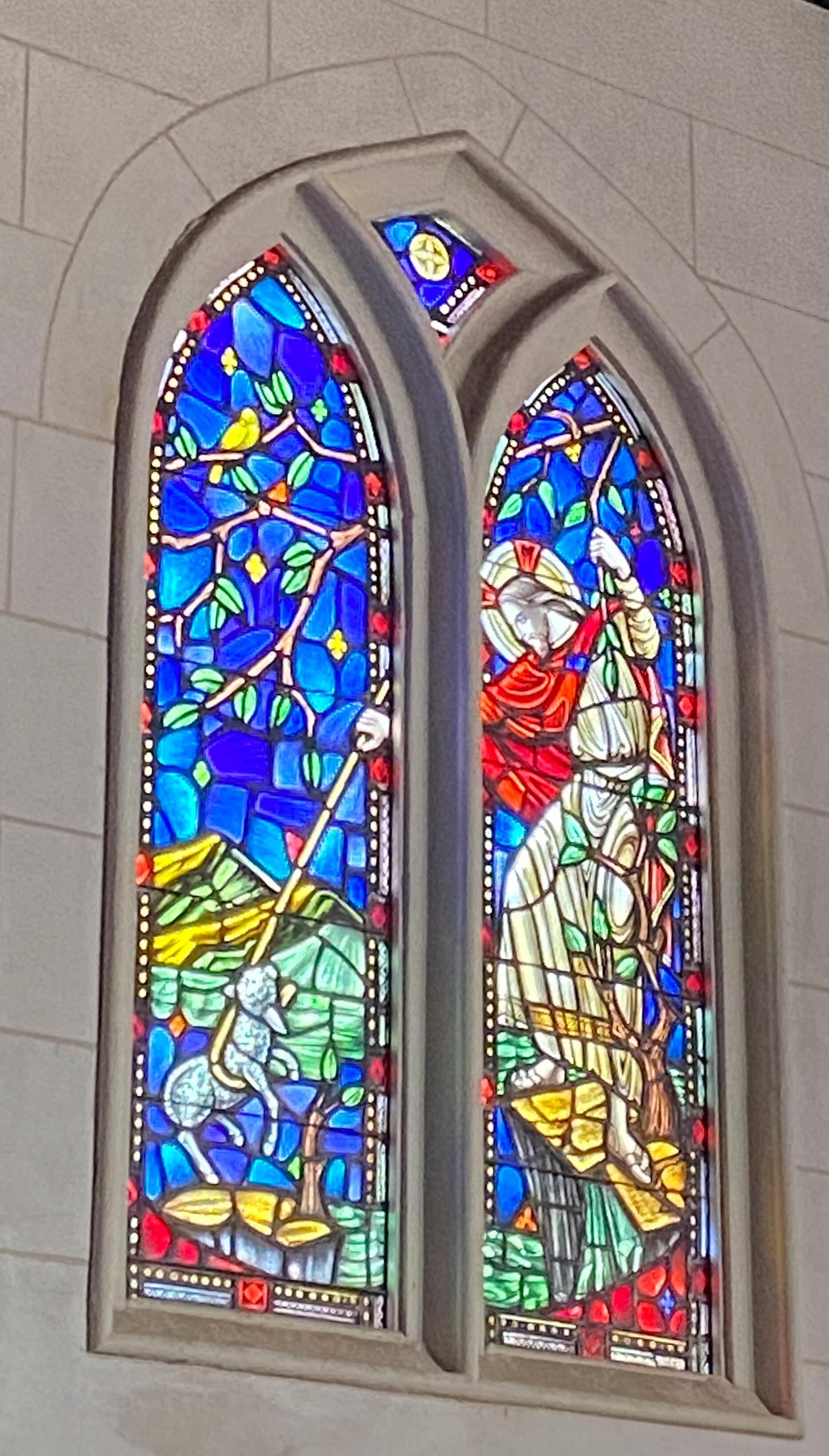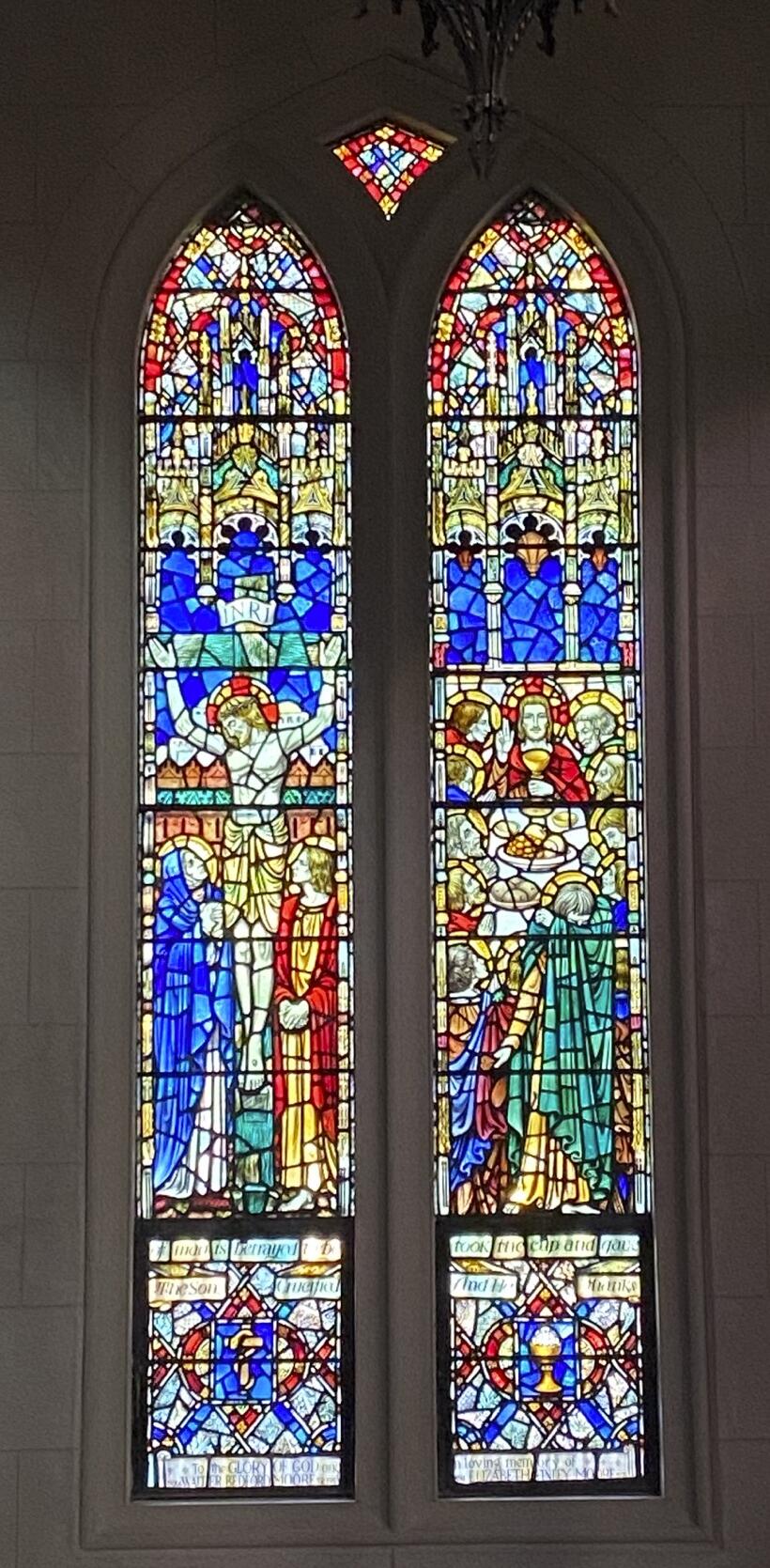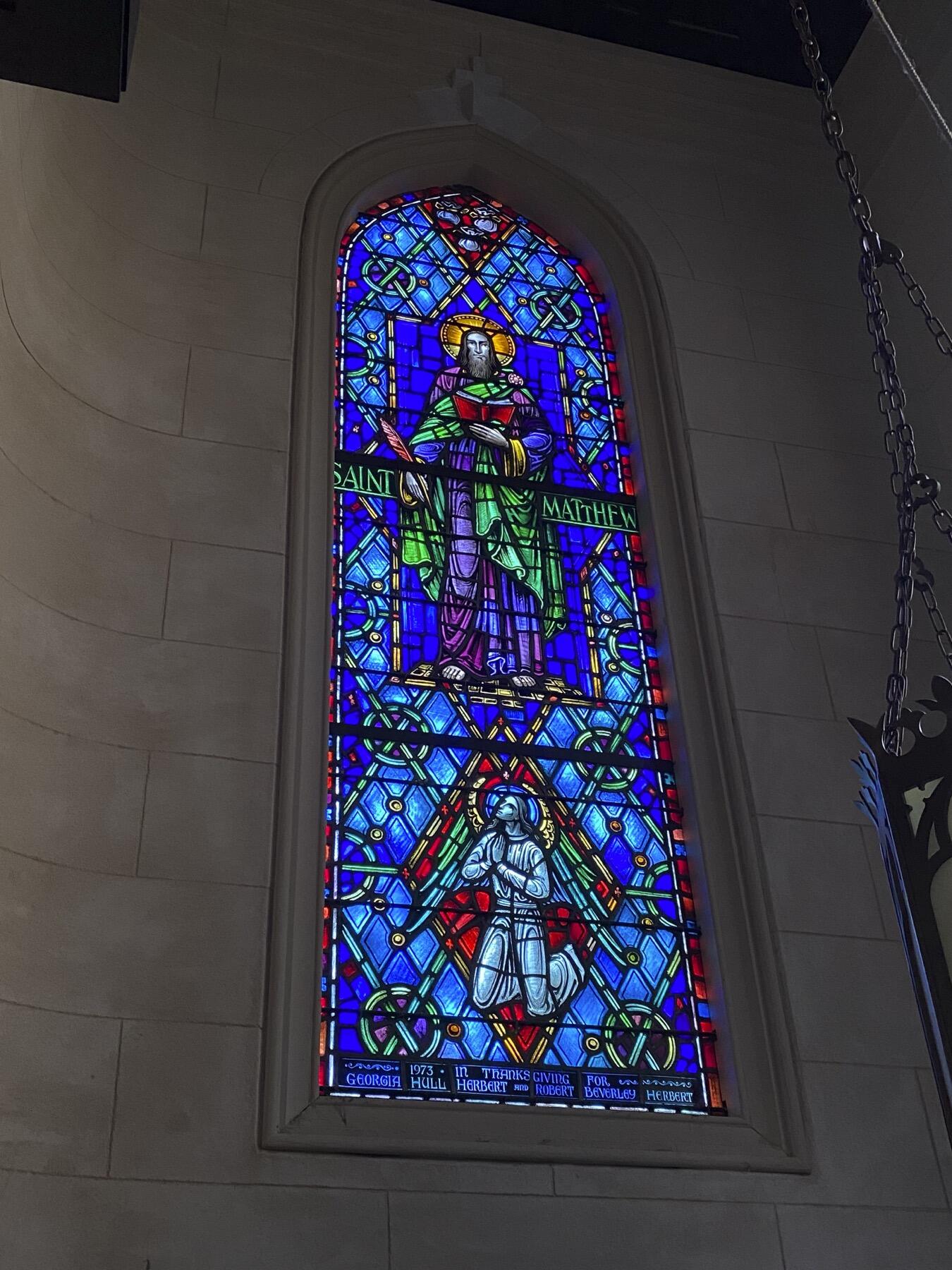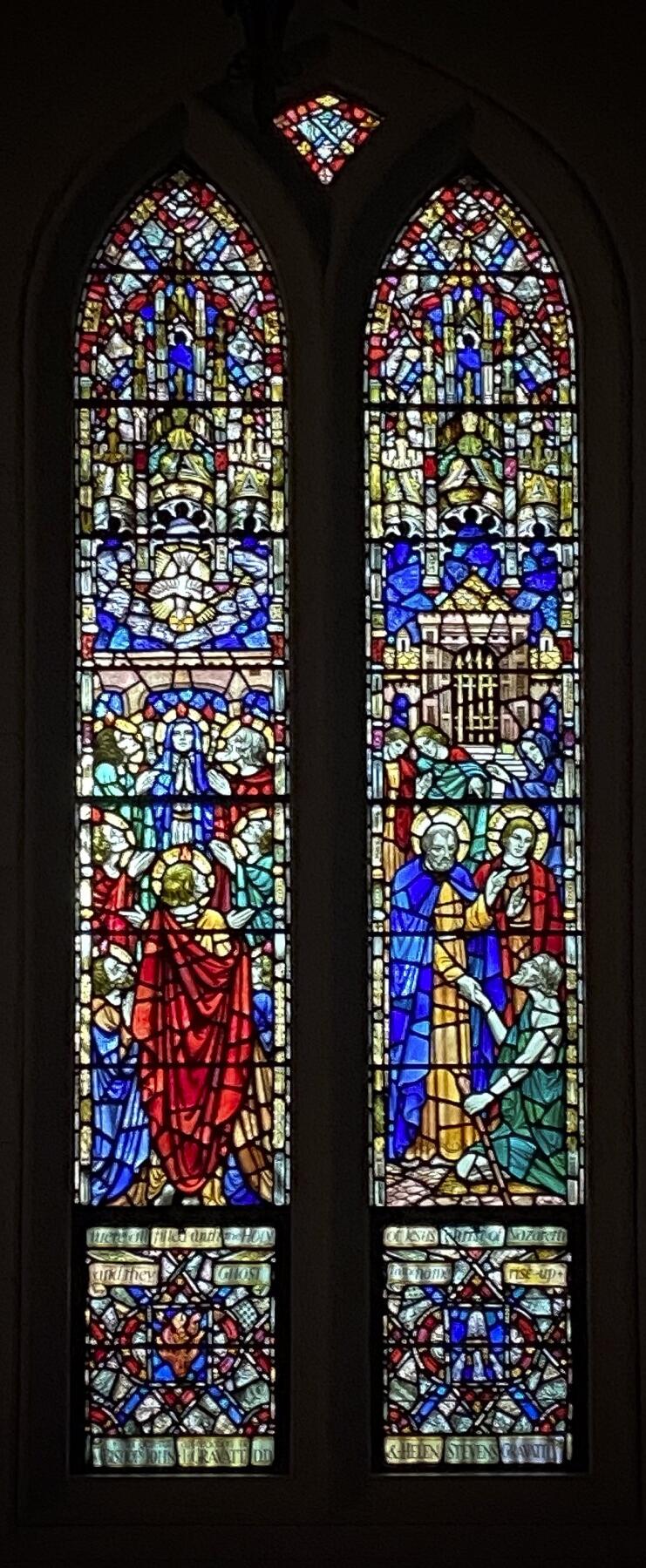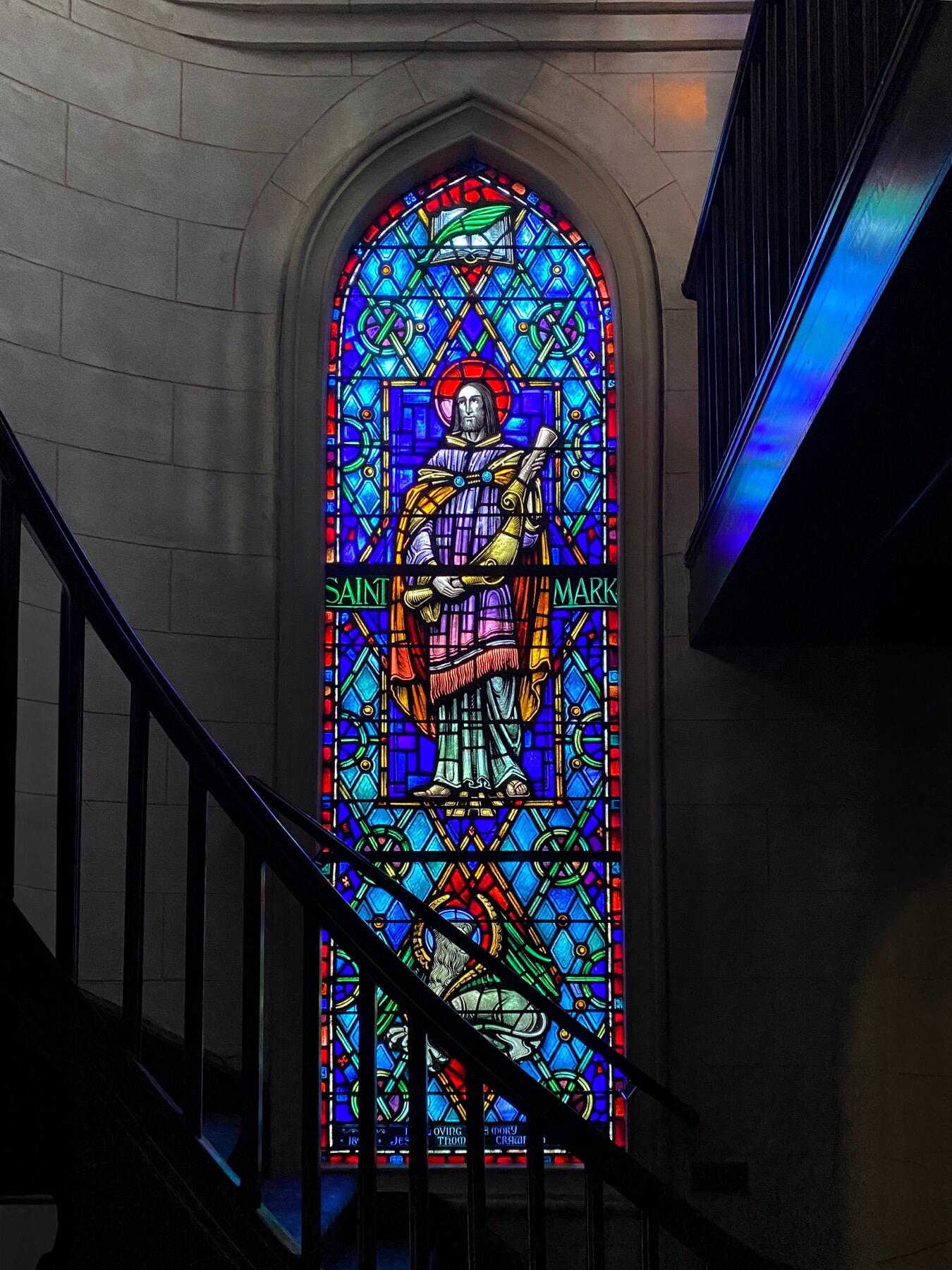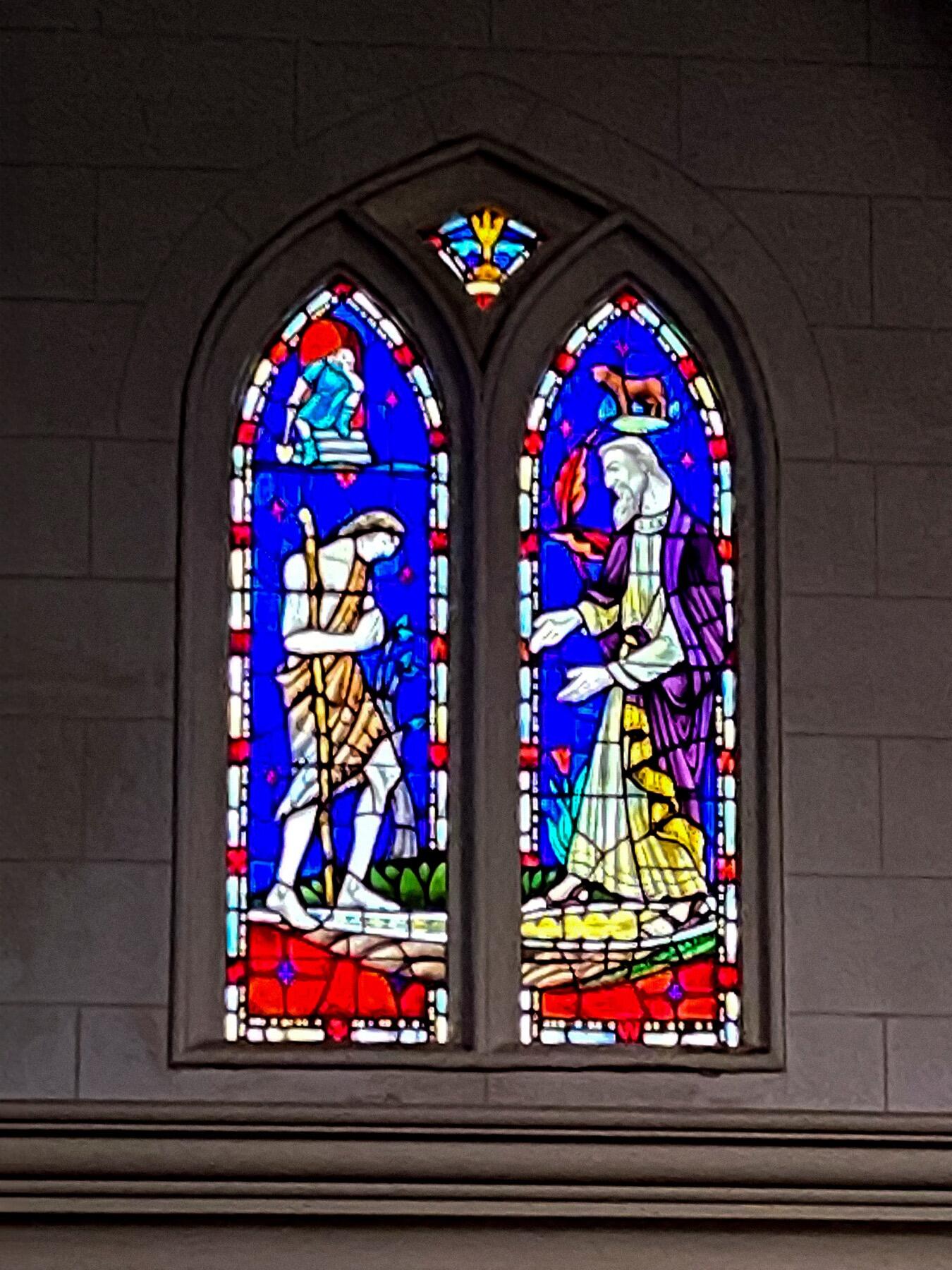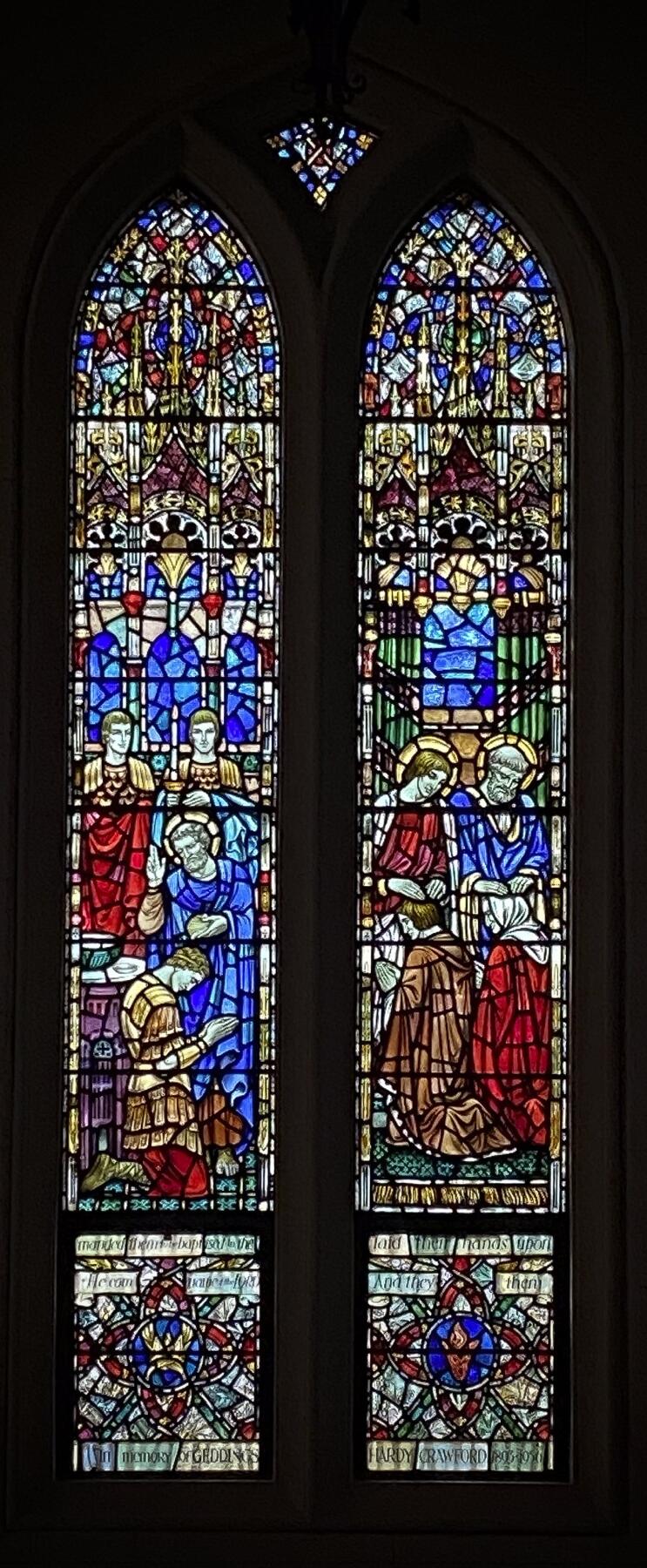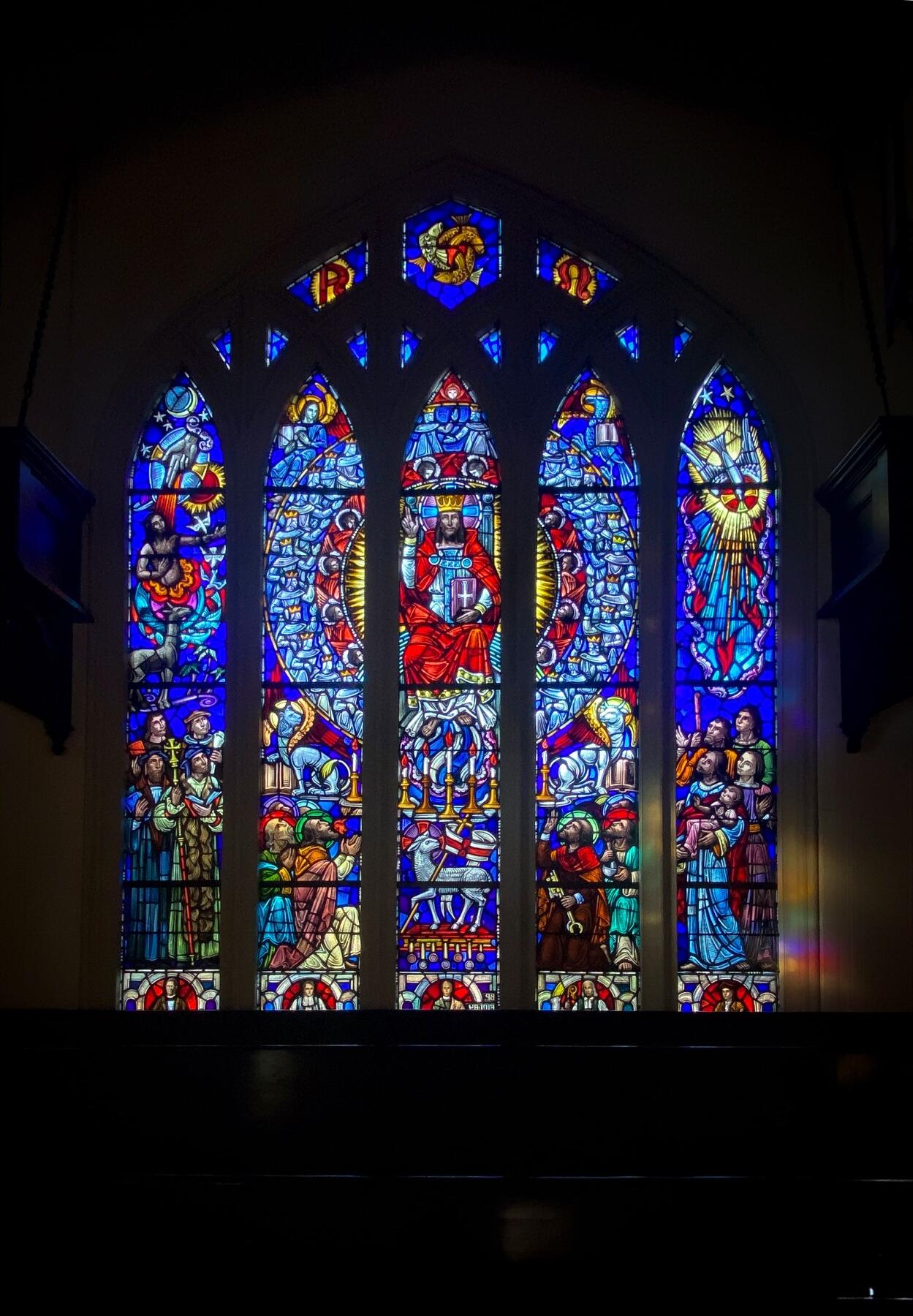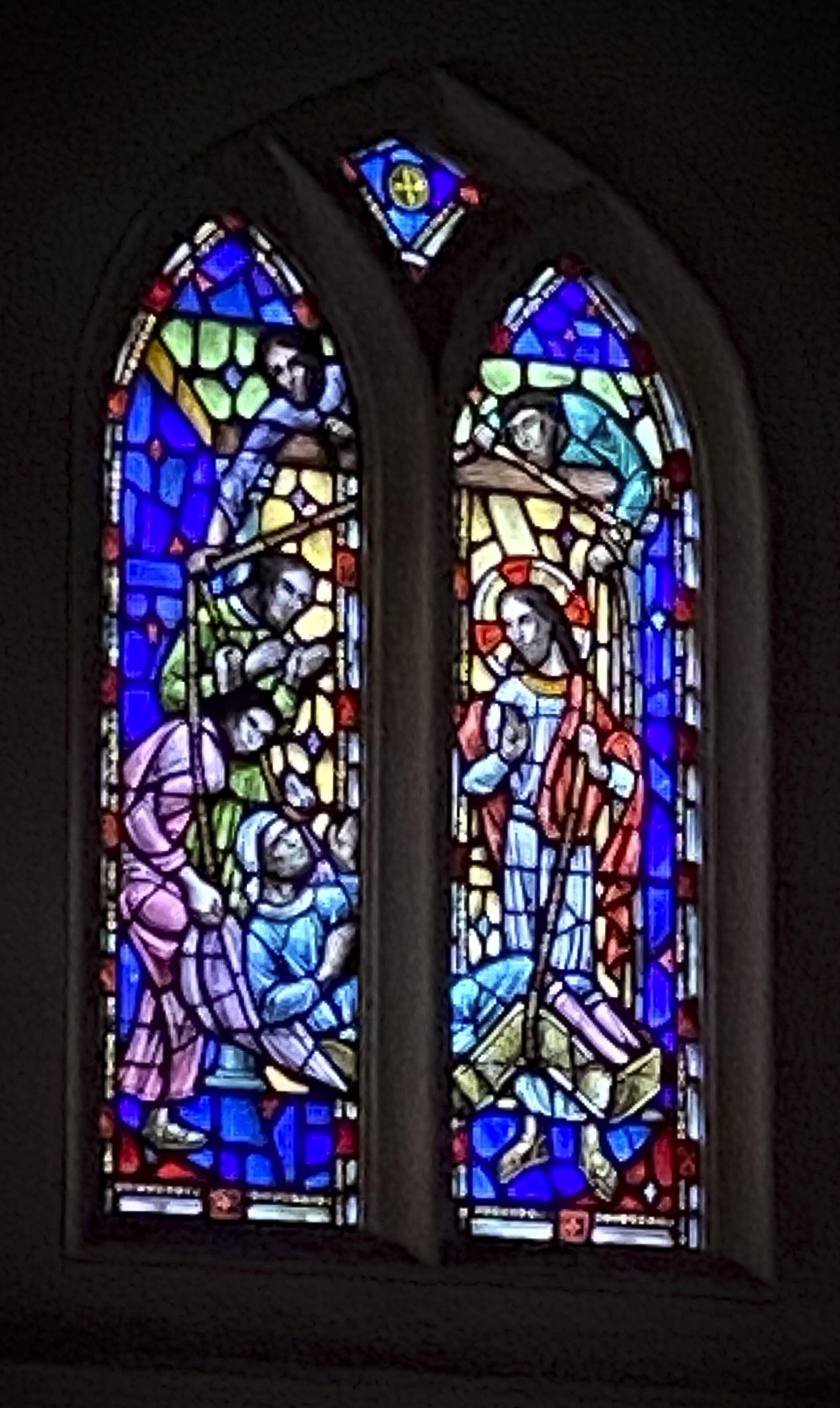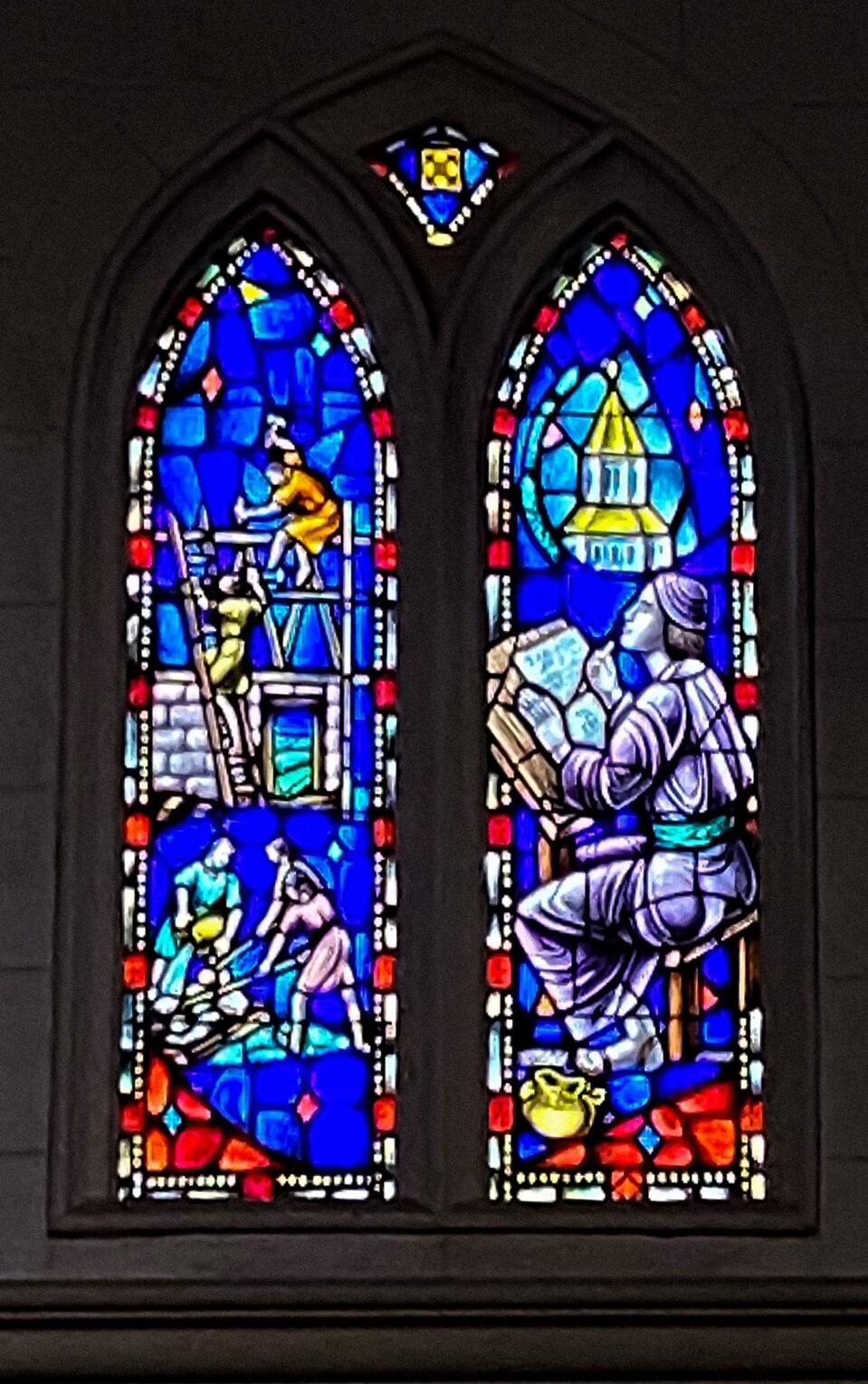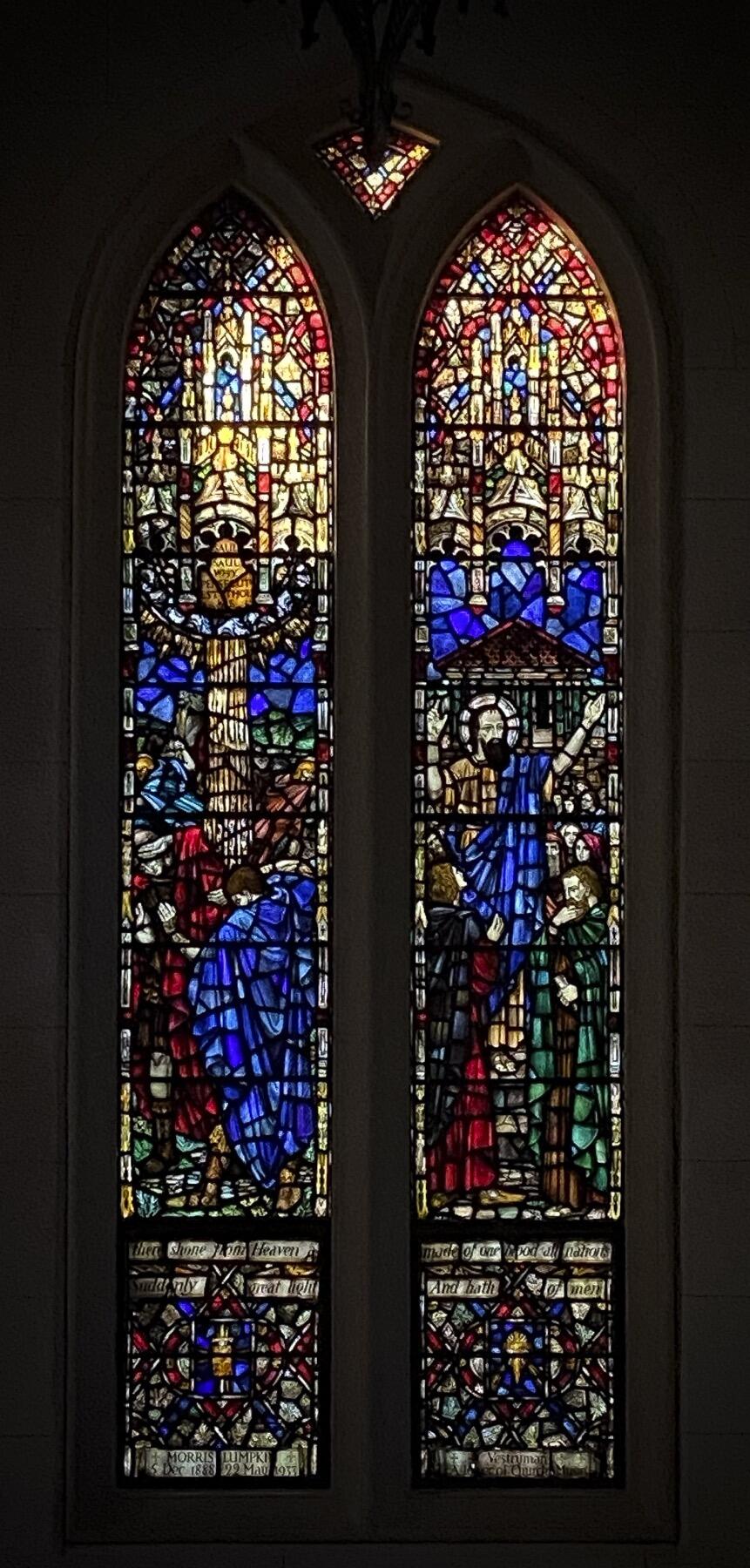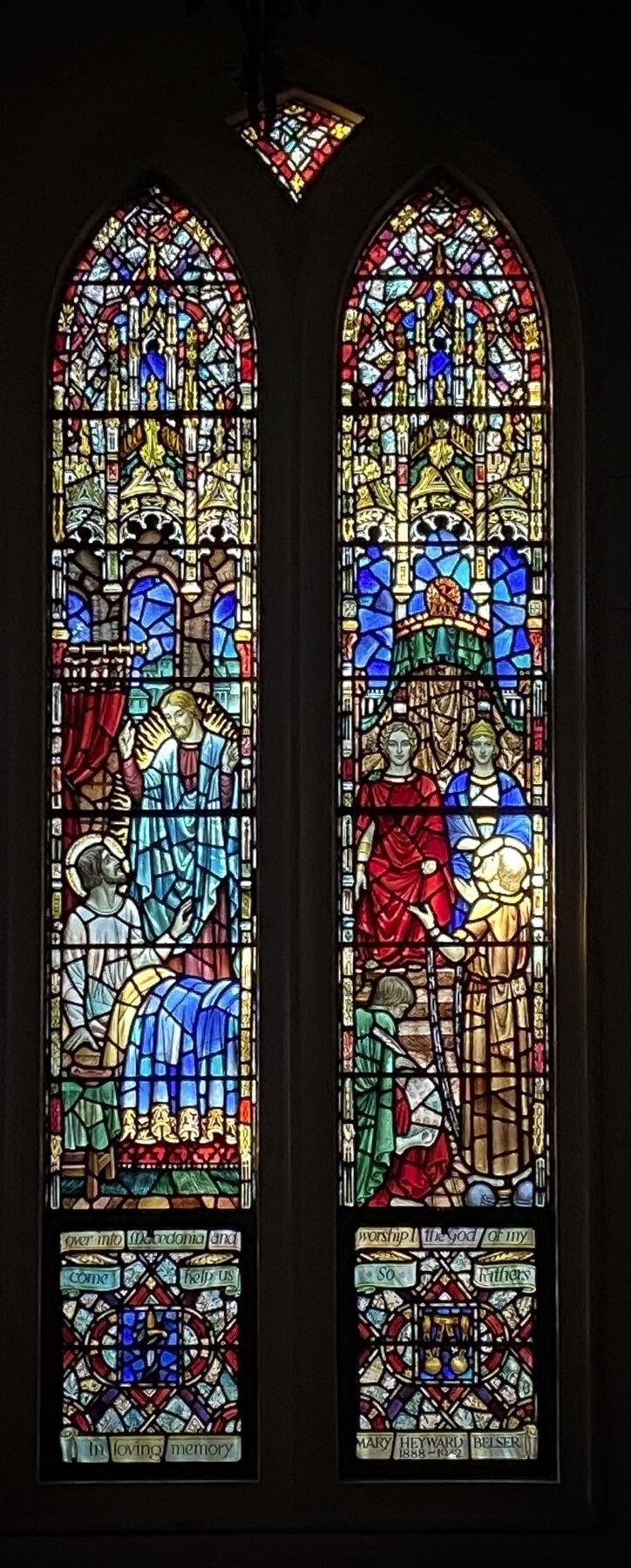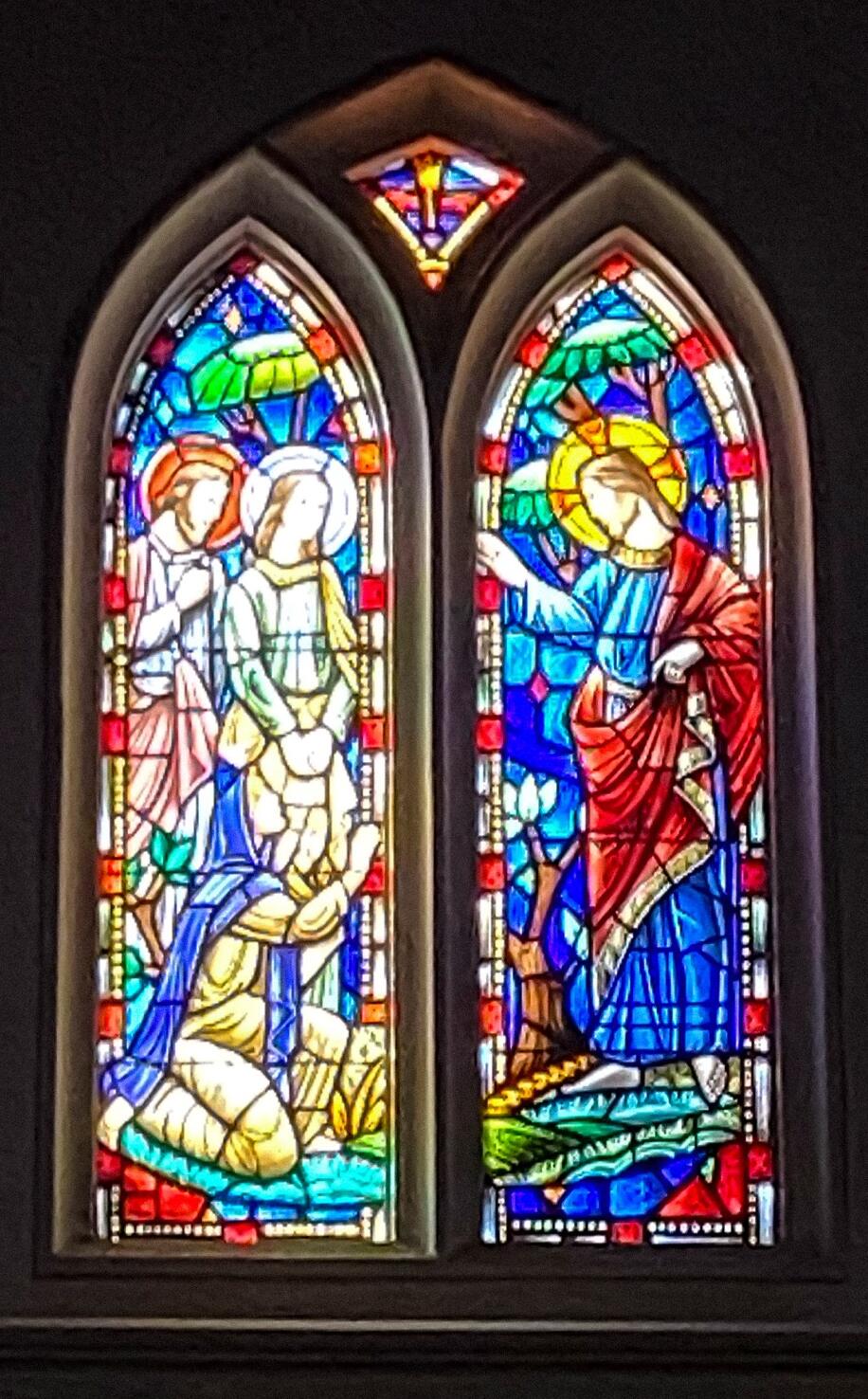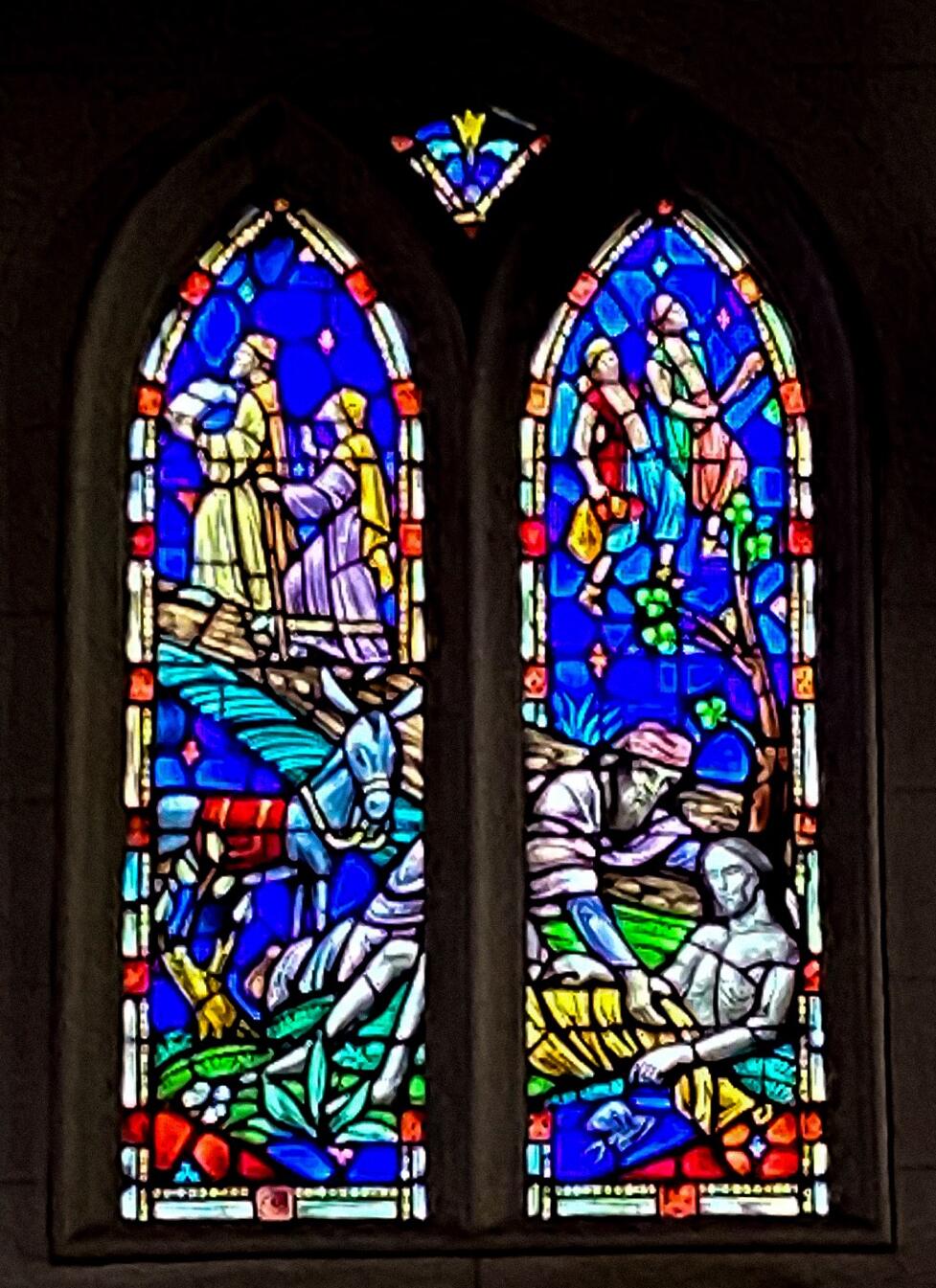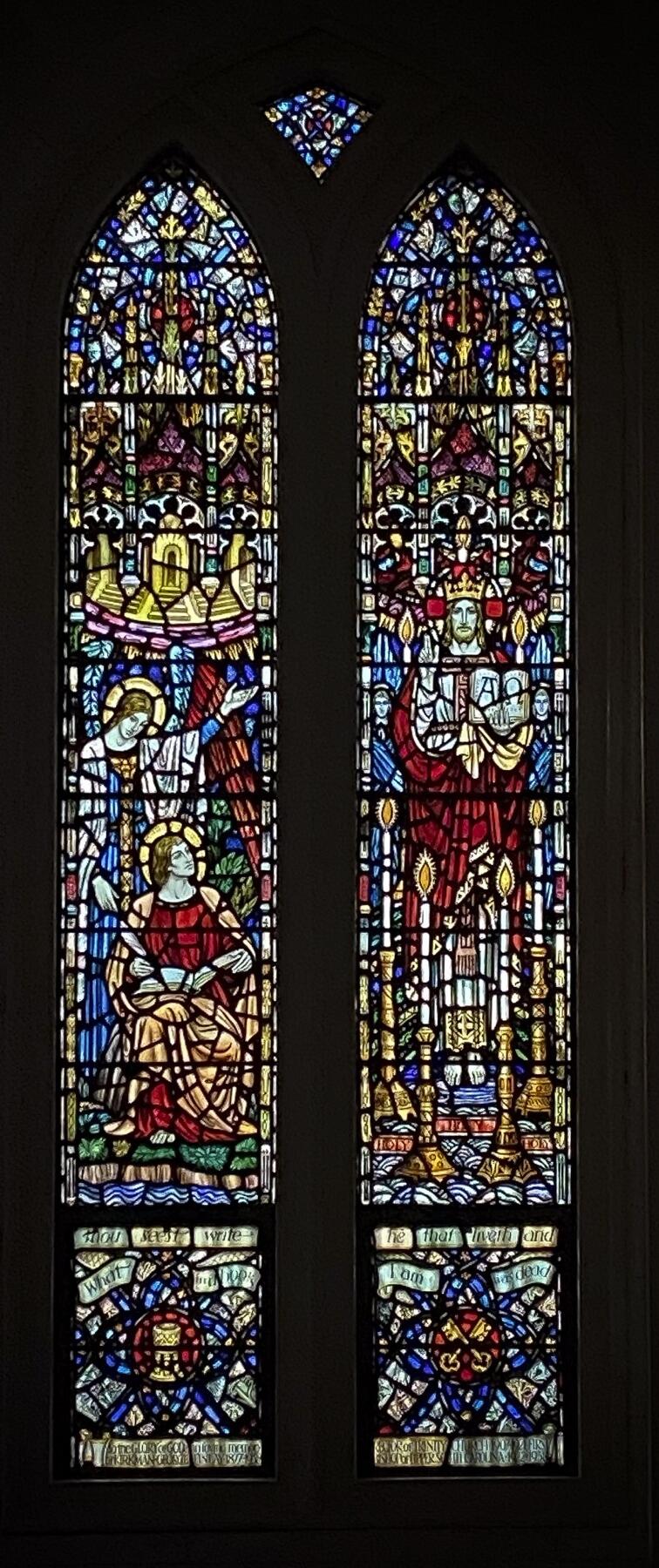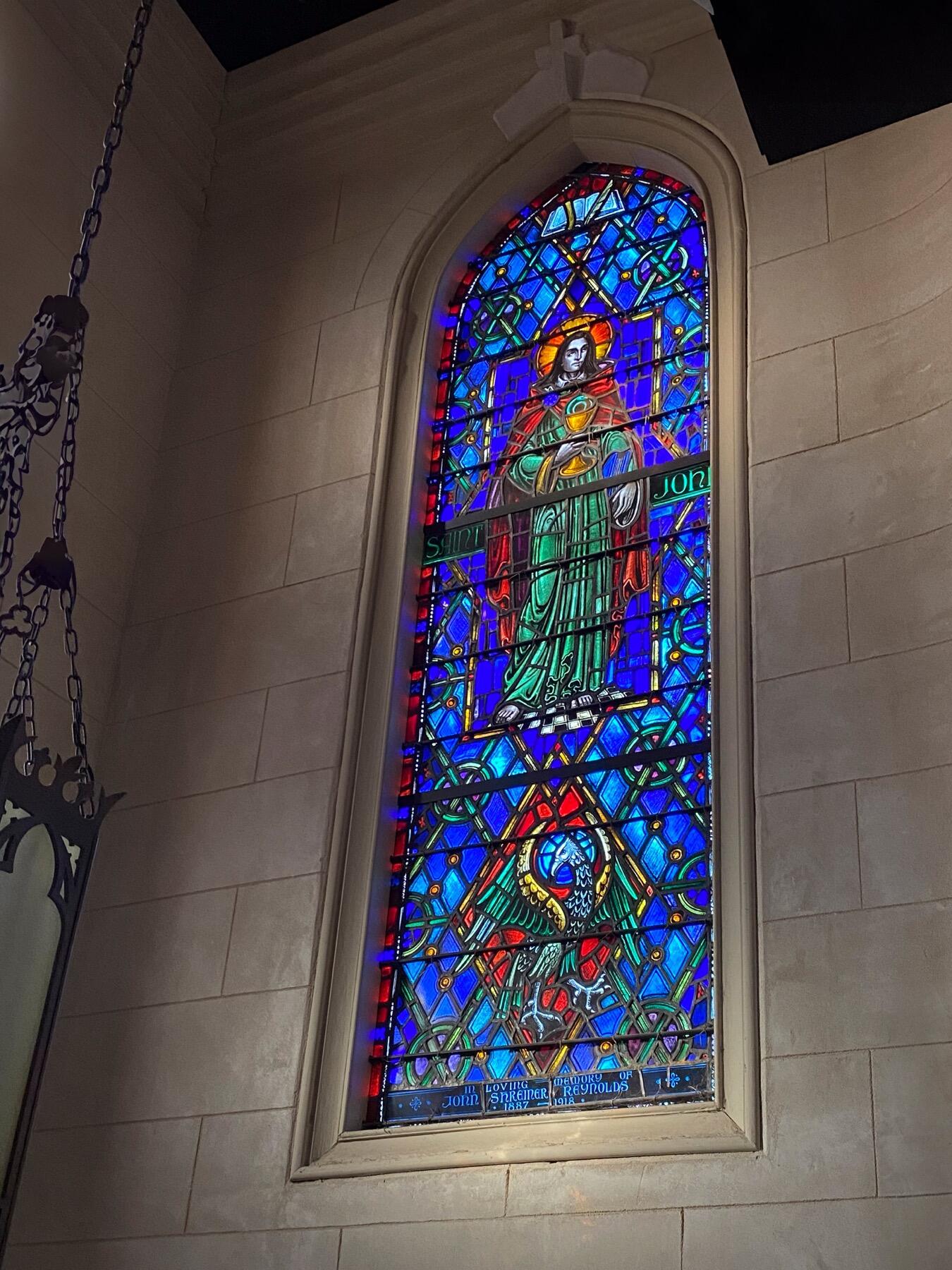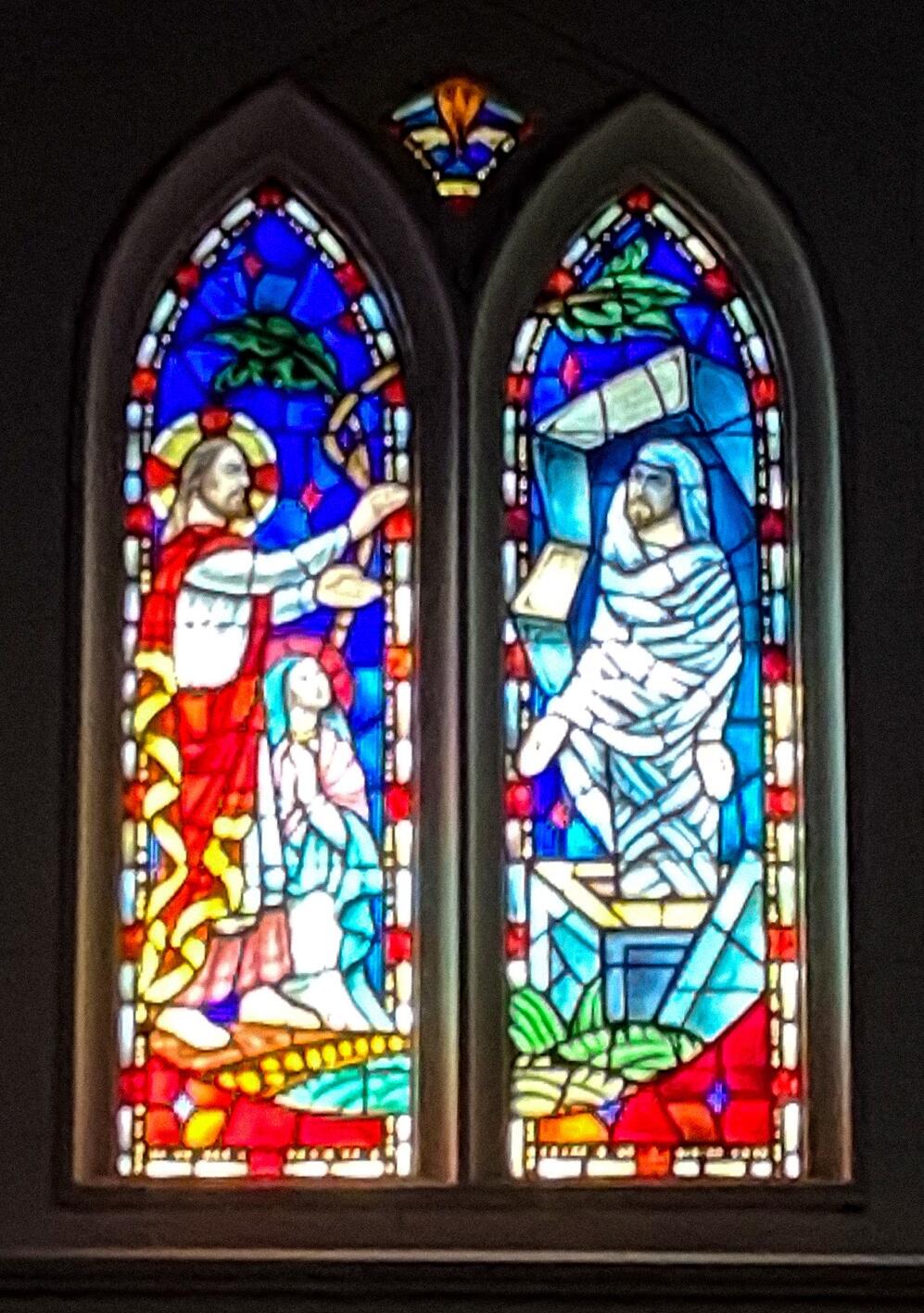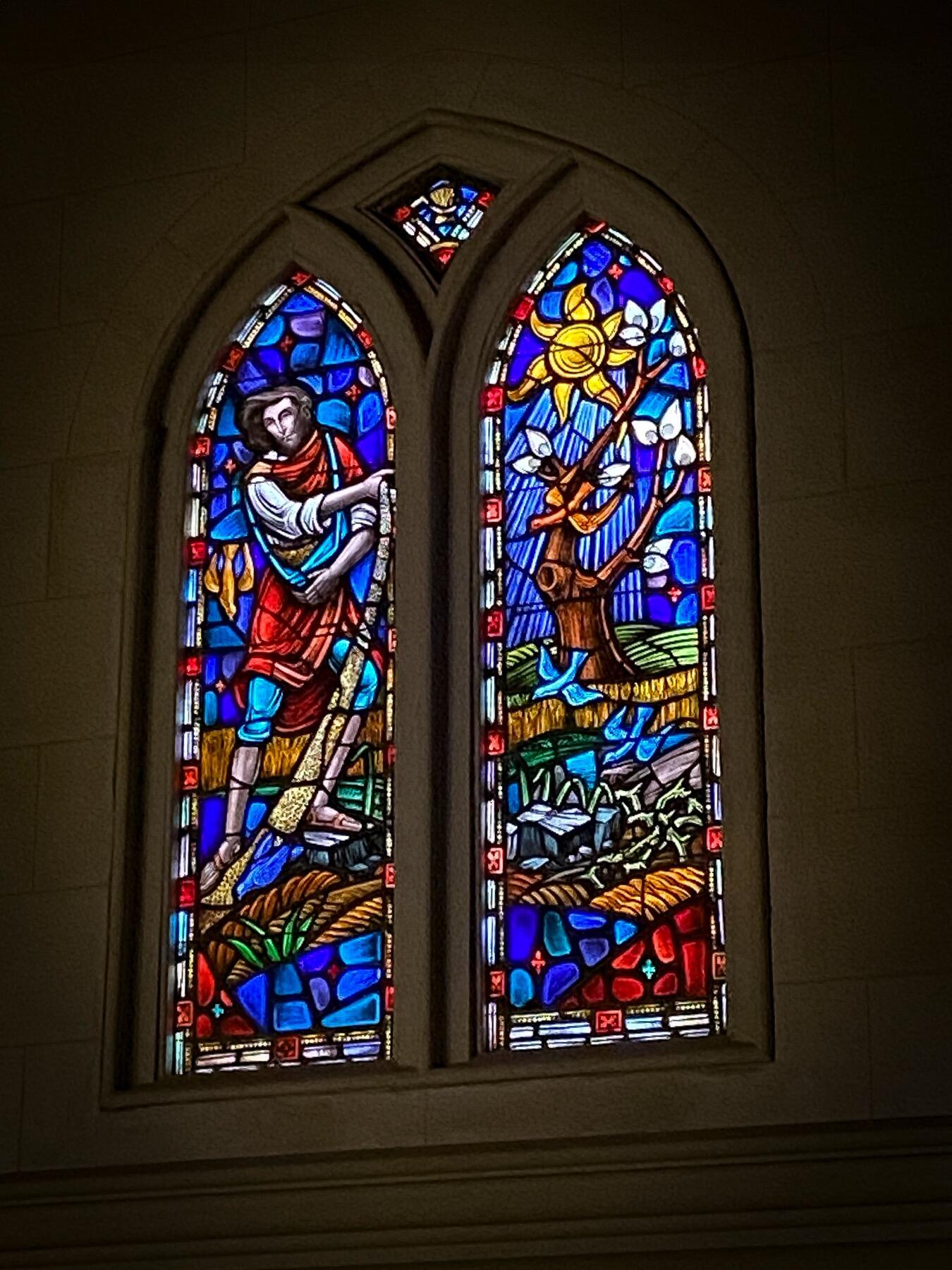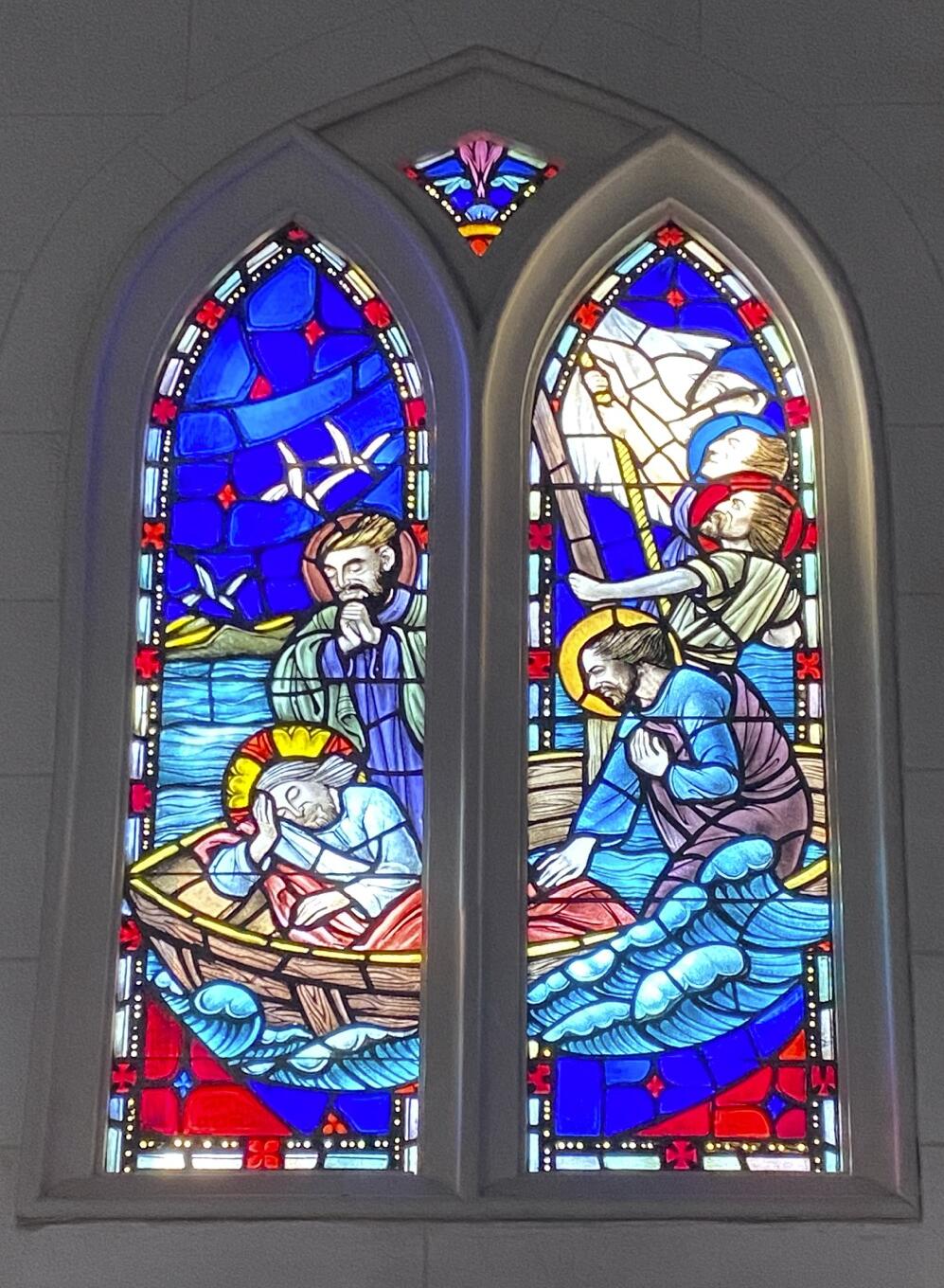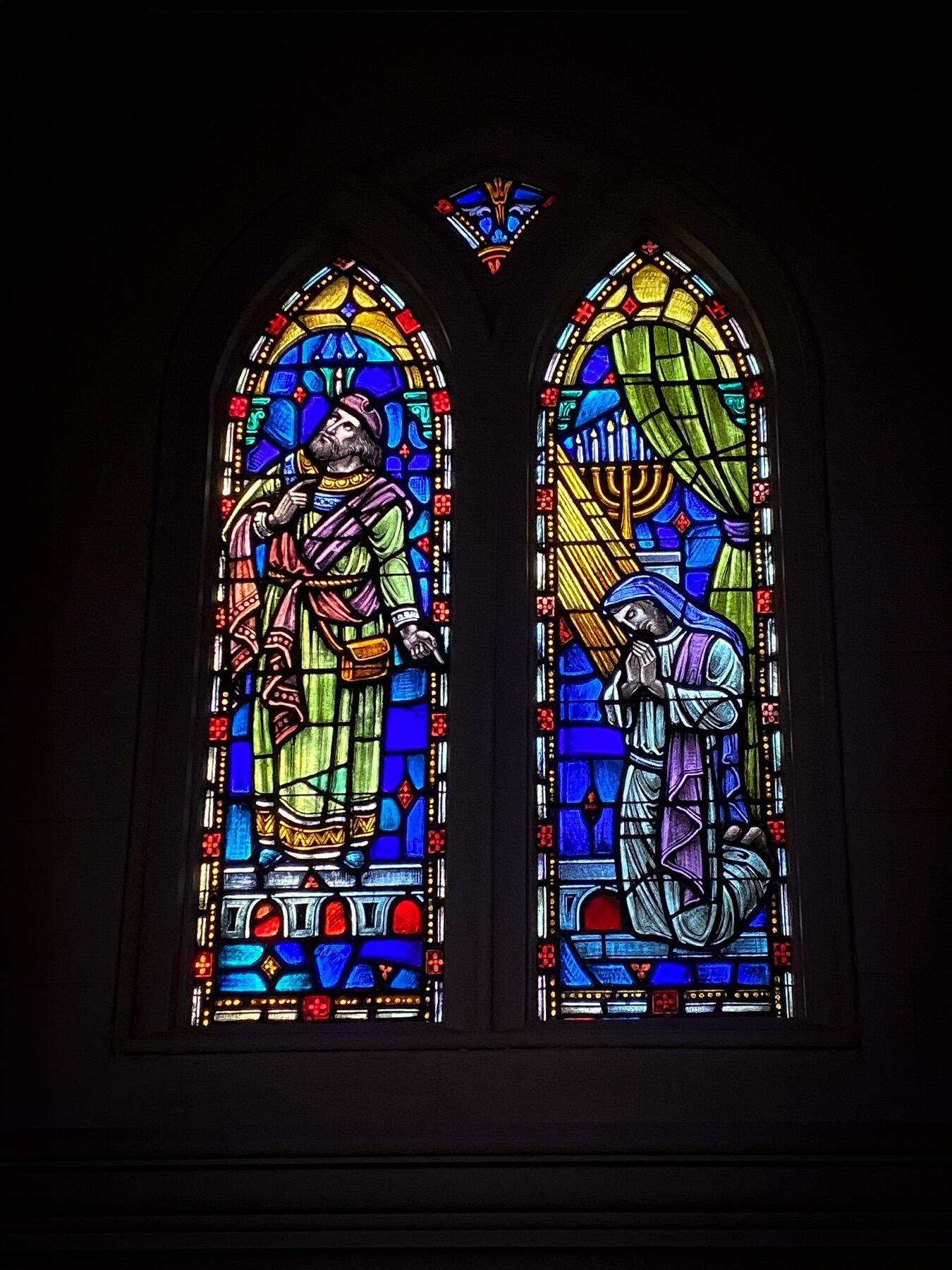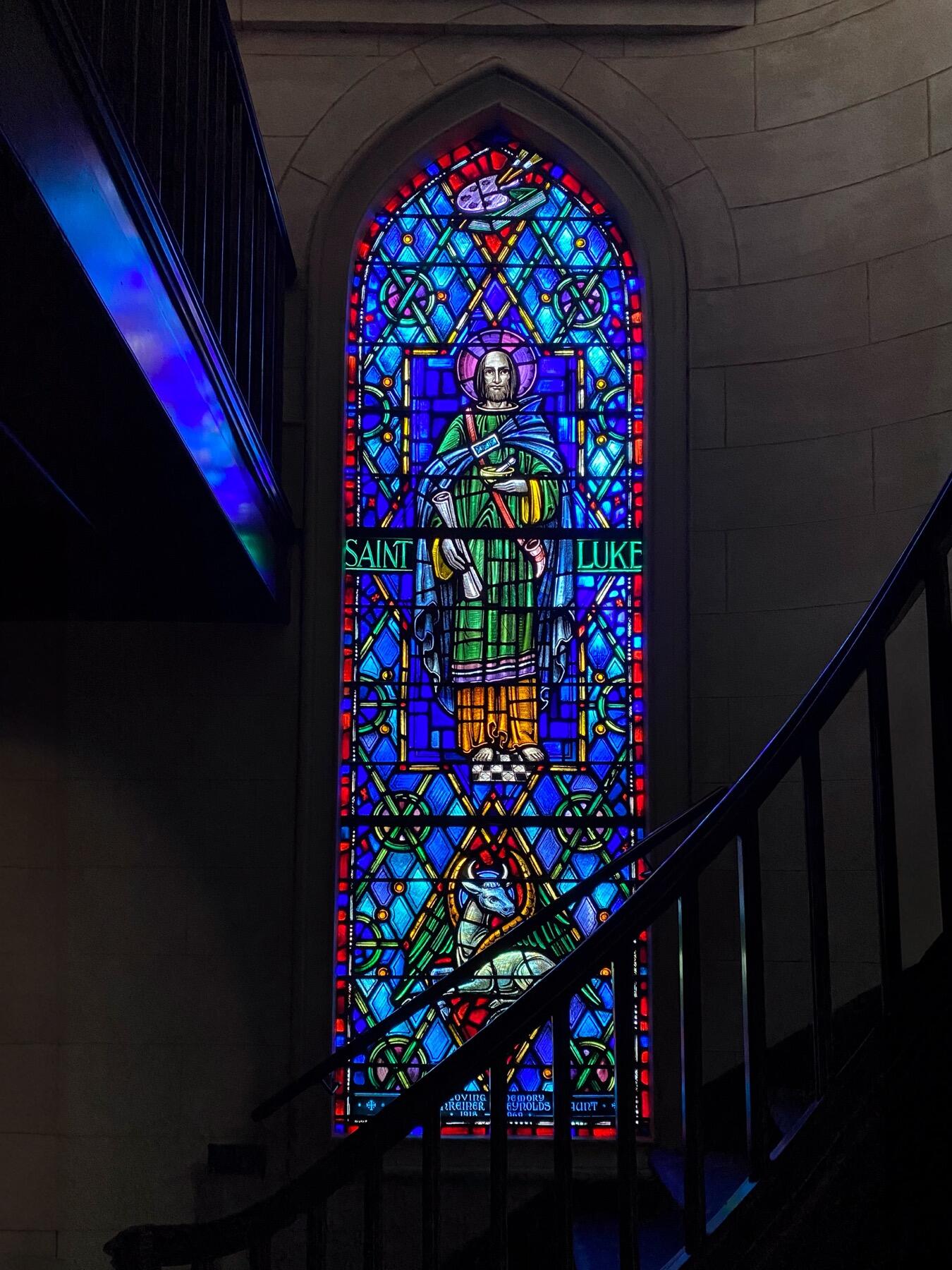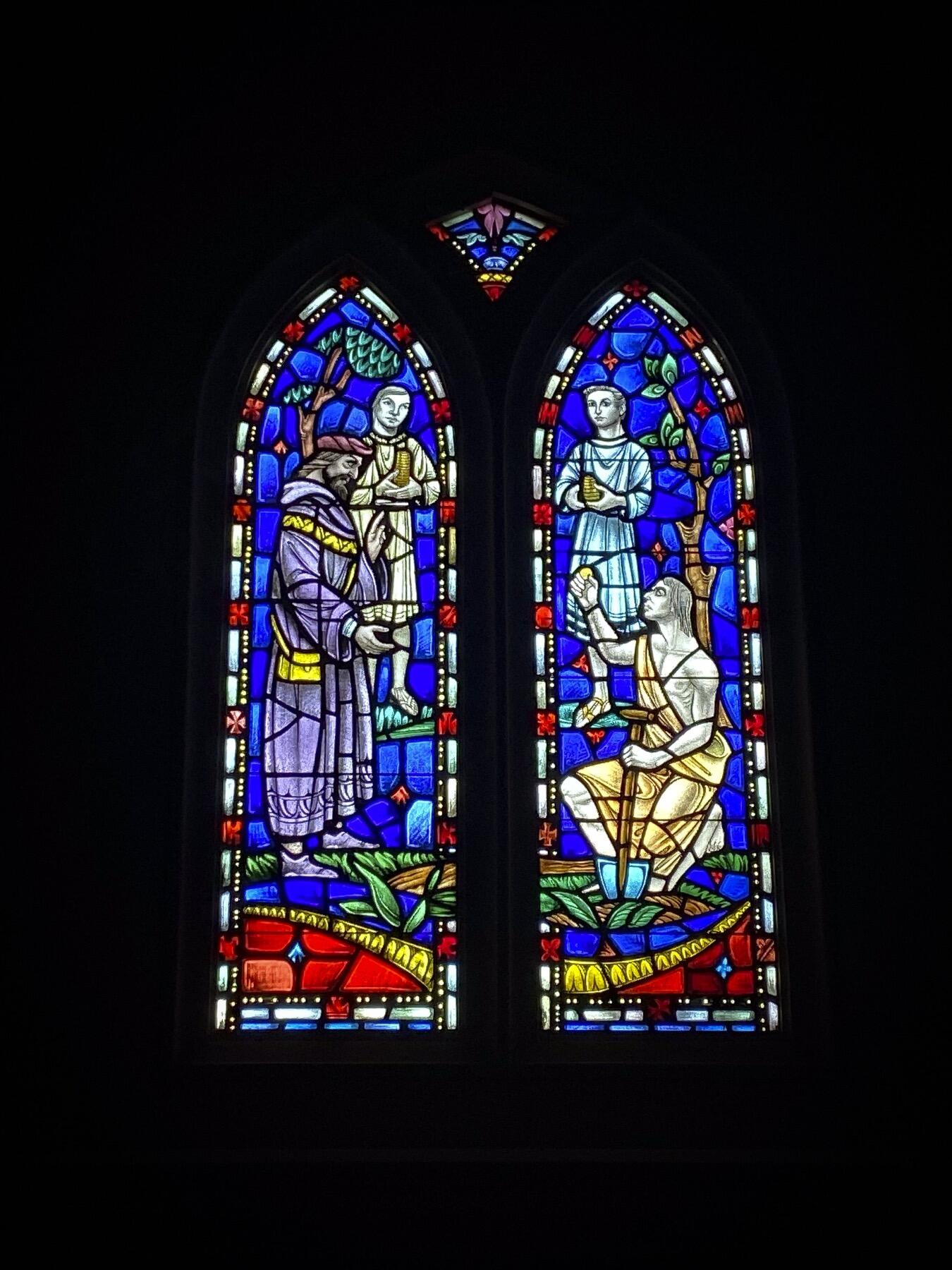From Country Church to Majestic Cathedral
At its founding in 1812, Trinity Episcopal Church had just 25 communicants. Both Trinity and Columbia have grown over the last 200 years, taking us from a small, country church to an urban parish with more than 3,600 baptized members.
In November 1976, the Diocese of Upper South Carolina voted to make Trinity Church, Columbia, its cathedral parish. Over the course of Trinity's history, we have been the spiritual home to members of Congress, judges, legislators, and governors, and we've played a leading role in the affairs of the city, the state, and the church.
Our digital archive collection is available through the University of South Carolina Library.
A Churchyard of Distinguished Graves and Historic Trees
Under the ancient oaks and magnolias of Trinity’s Churchyard are buried some of South Carolina’s distinguished sons and daughters: General Wade Hampton, General Peter Horry, and Private Robert Stark (all Revolutionary heroes); Dr. Thomas Cooper, president of the South Carolina College (now the University of South Carolina) and friend of Thomas Jefferson; General Wade Hampton; Henry Timrod, Poet Laureate of the Confederacy; six governors of the state; and eight bishops of the Episcopal Church.
The Famous Windows of Trinity Cathedral
The great love Trinity’s parishioners have always had for their place of worship can be seen in every detail, and most especially in our stained glass windows. Click through the images below to get a full view of our windows, or come by to see them in person - this is just a fraction of our collection, and their in-person impact cannot be overstated.
